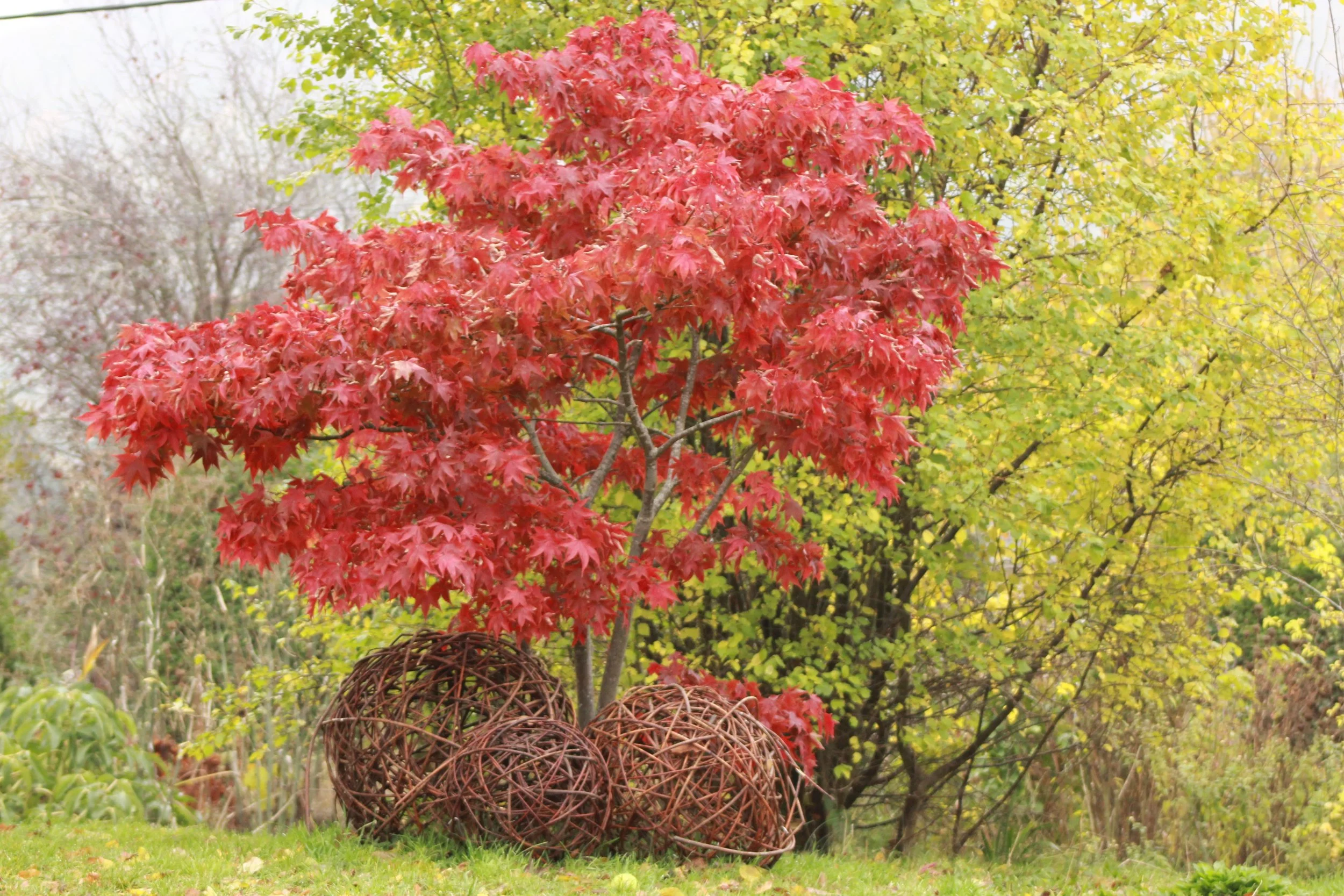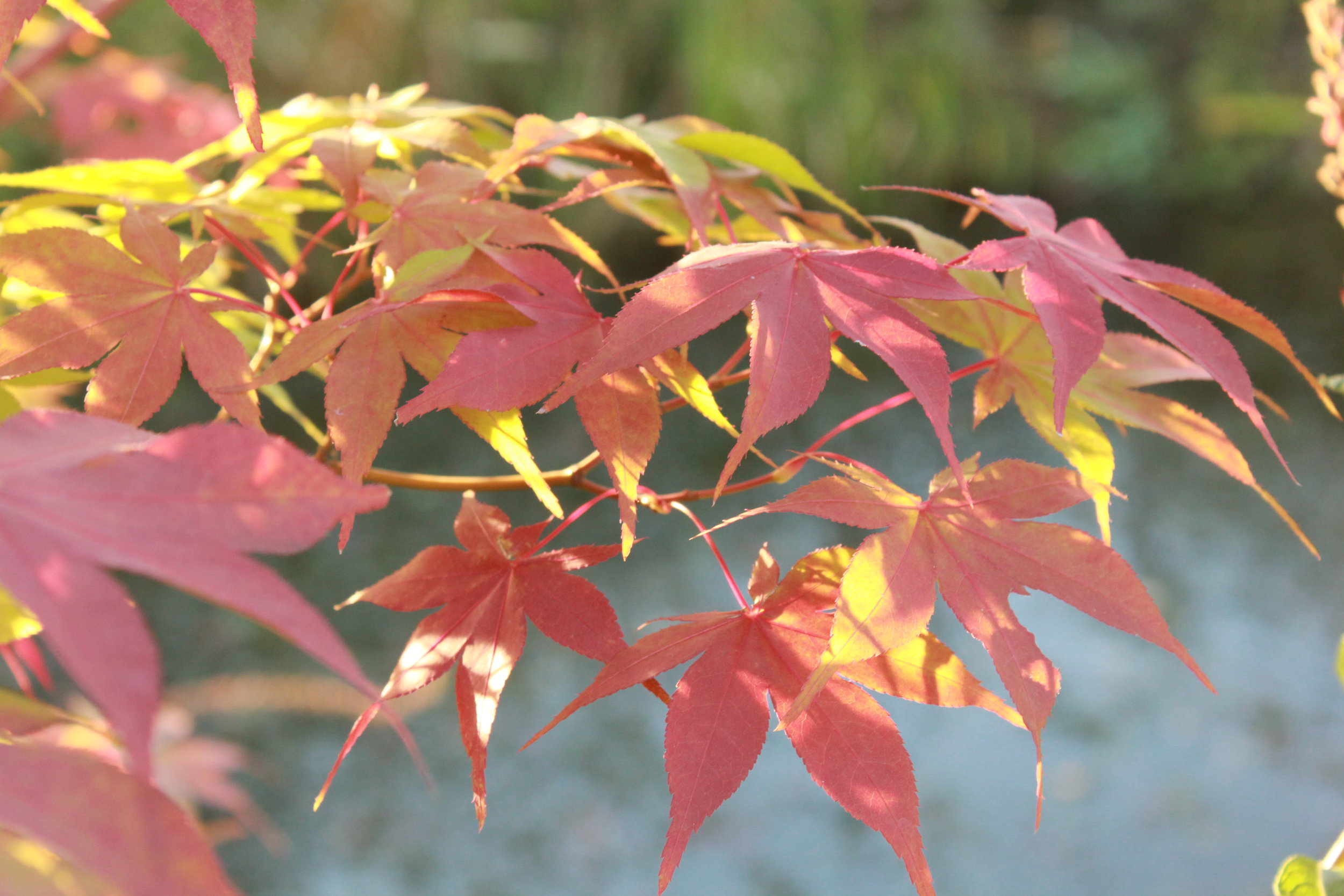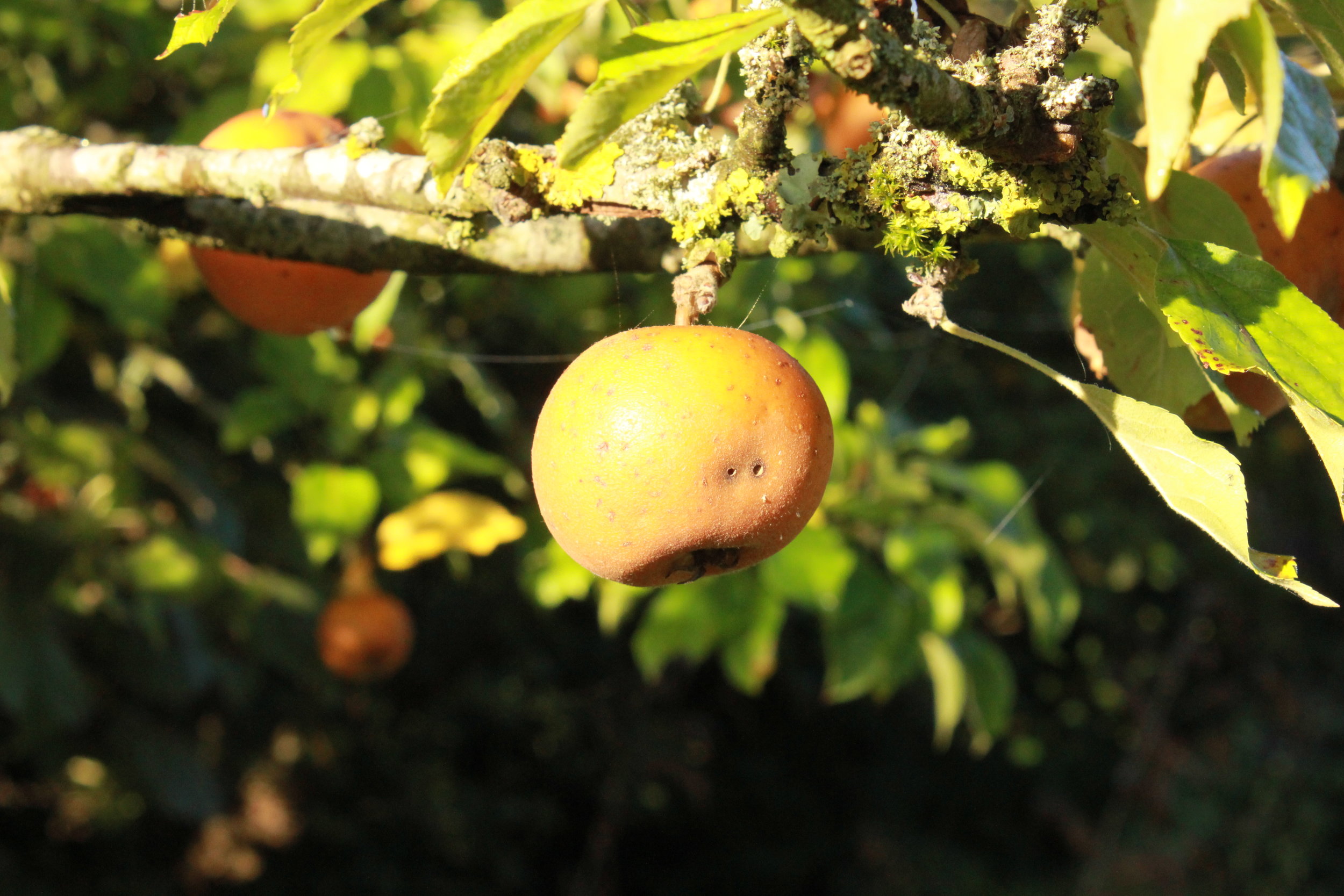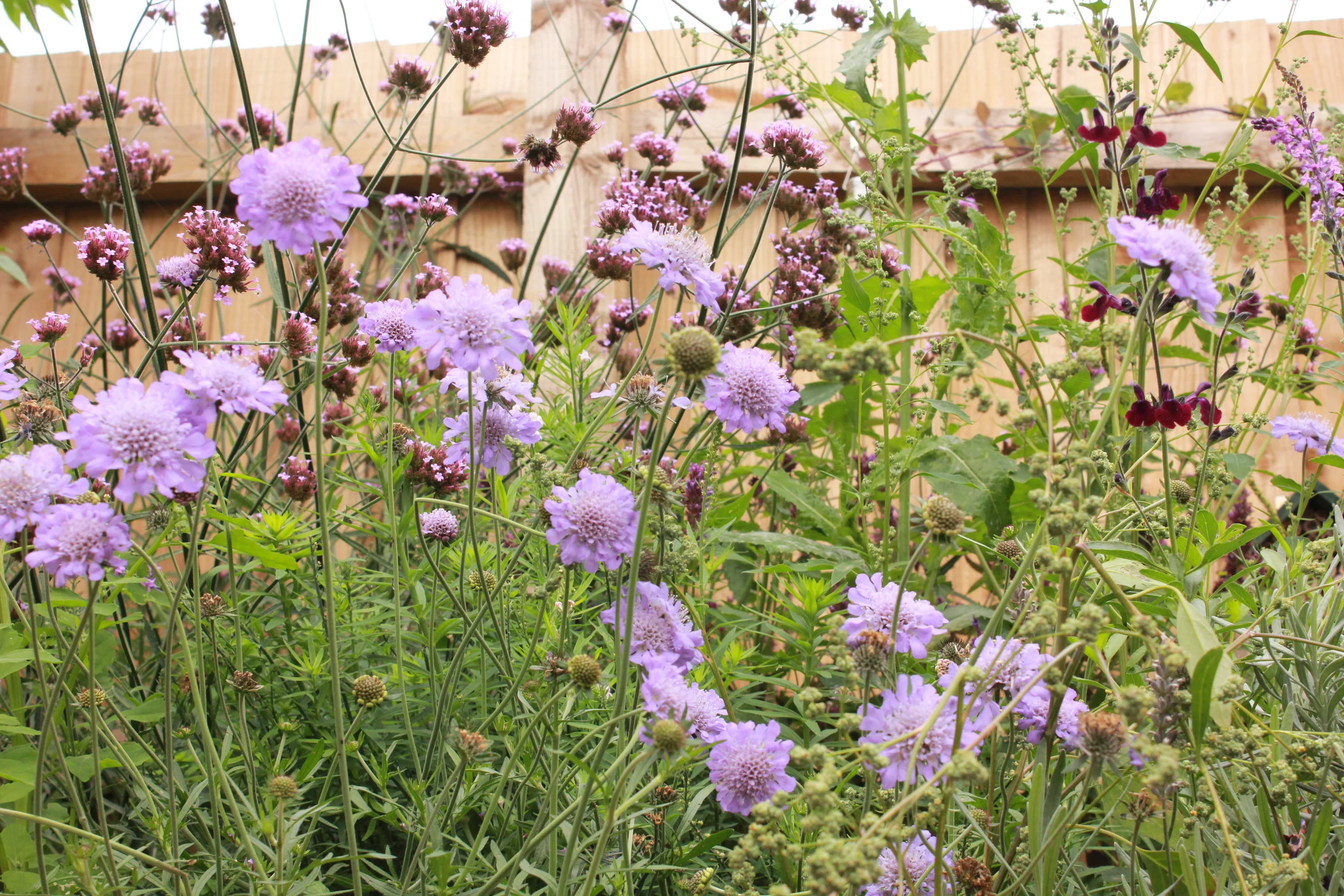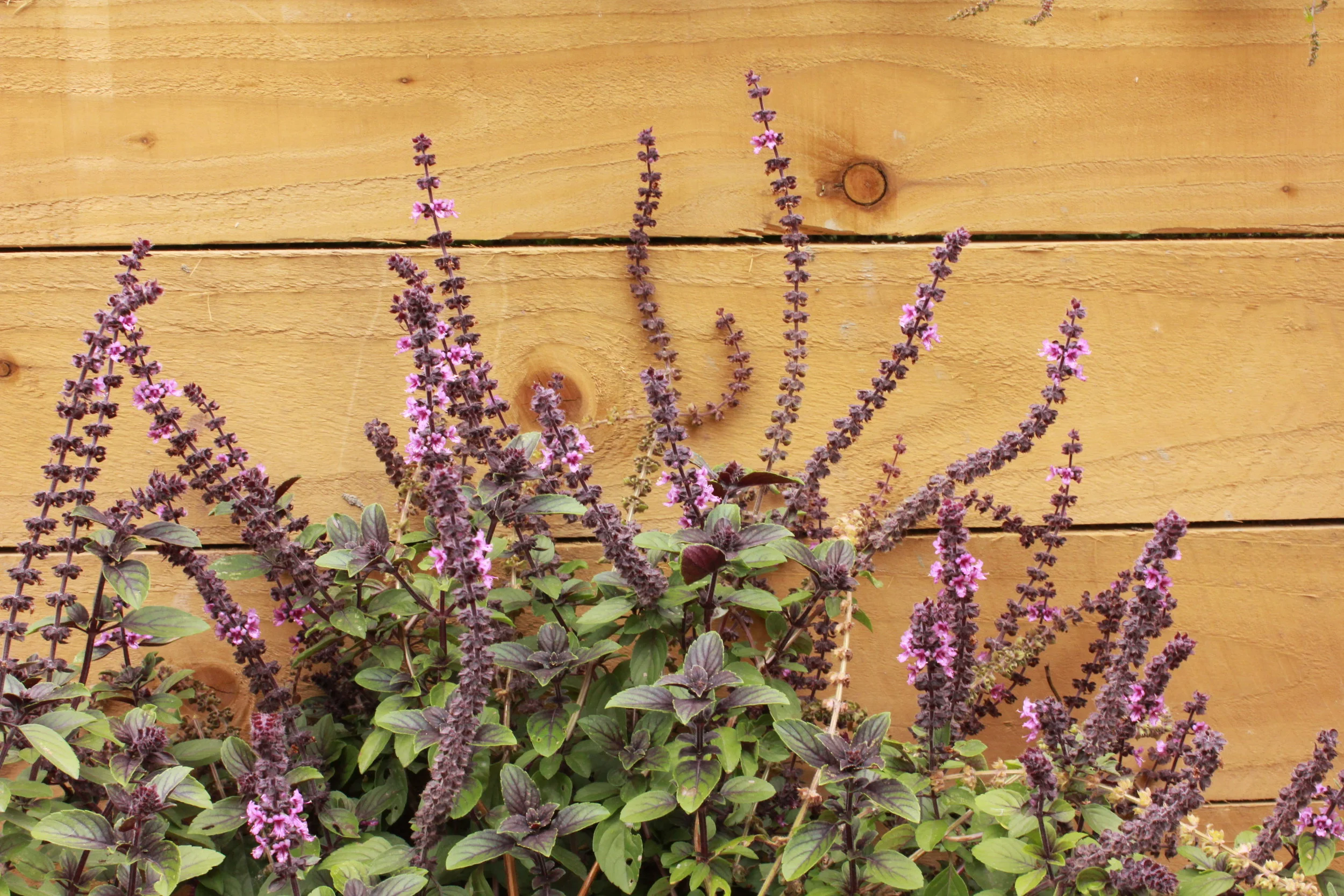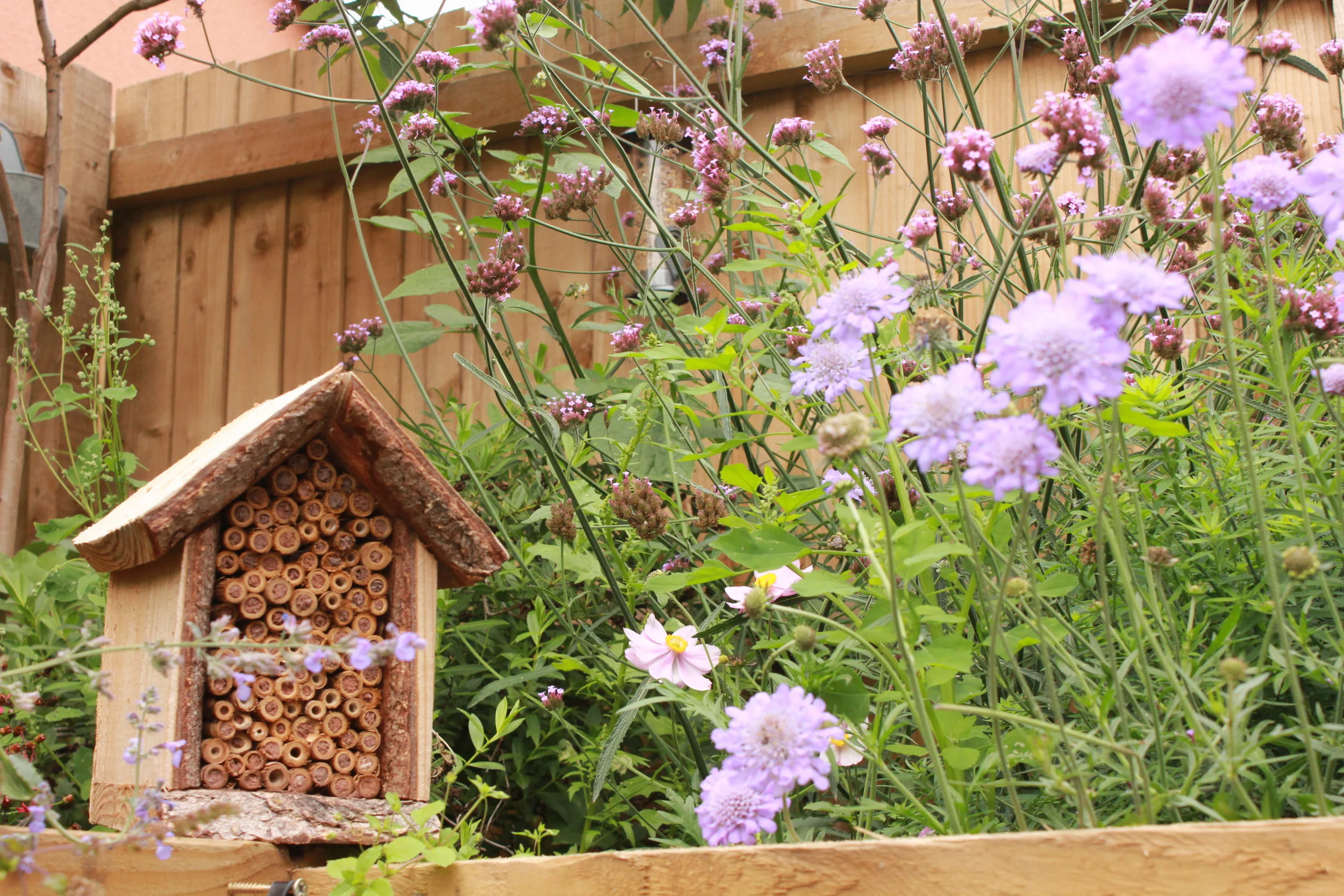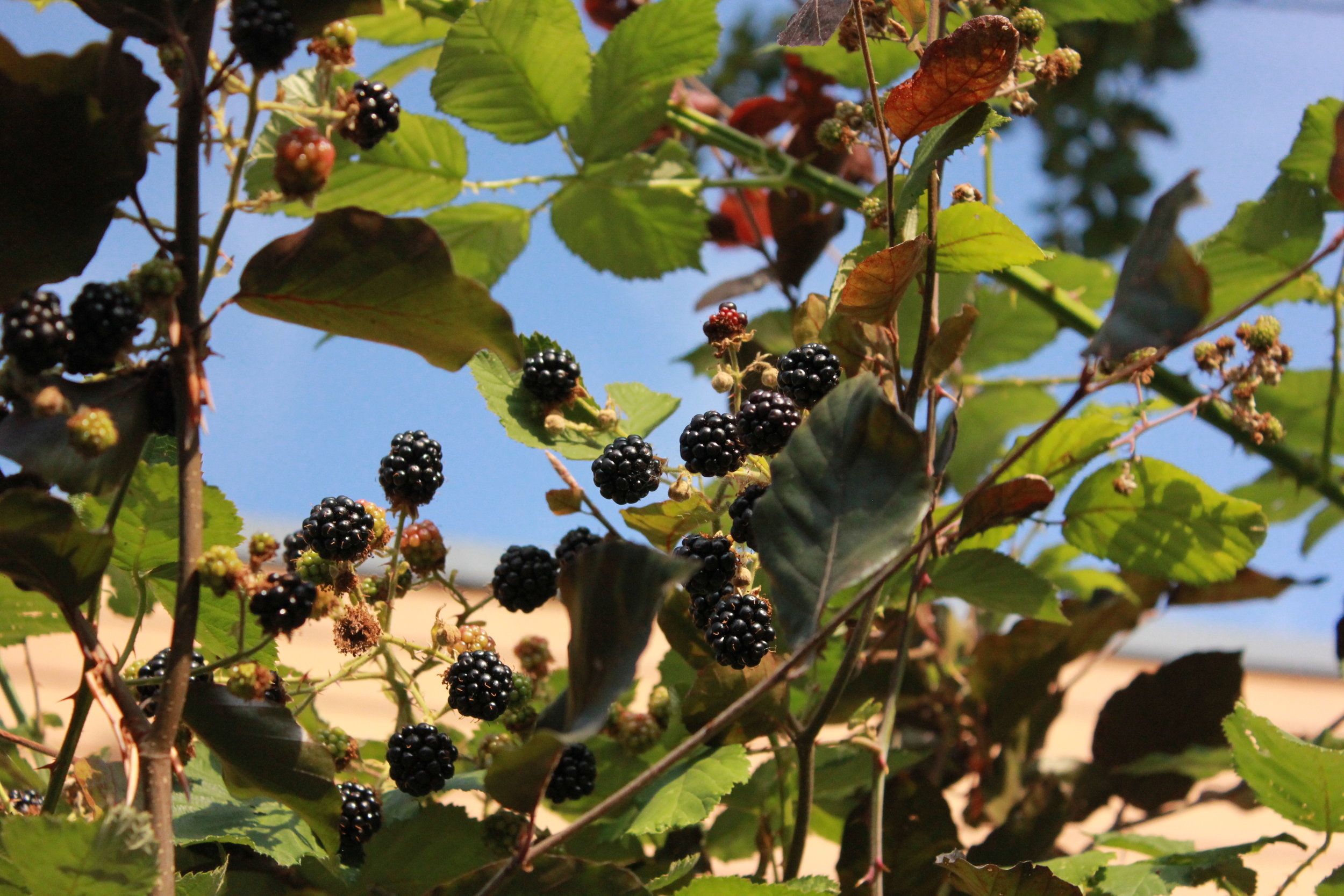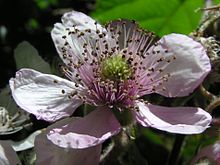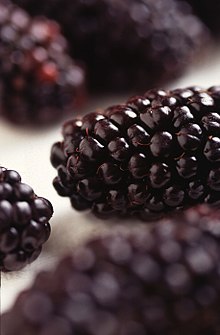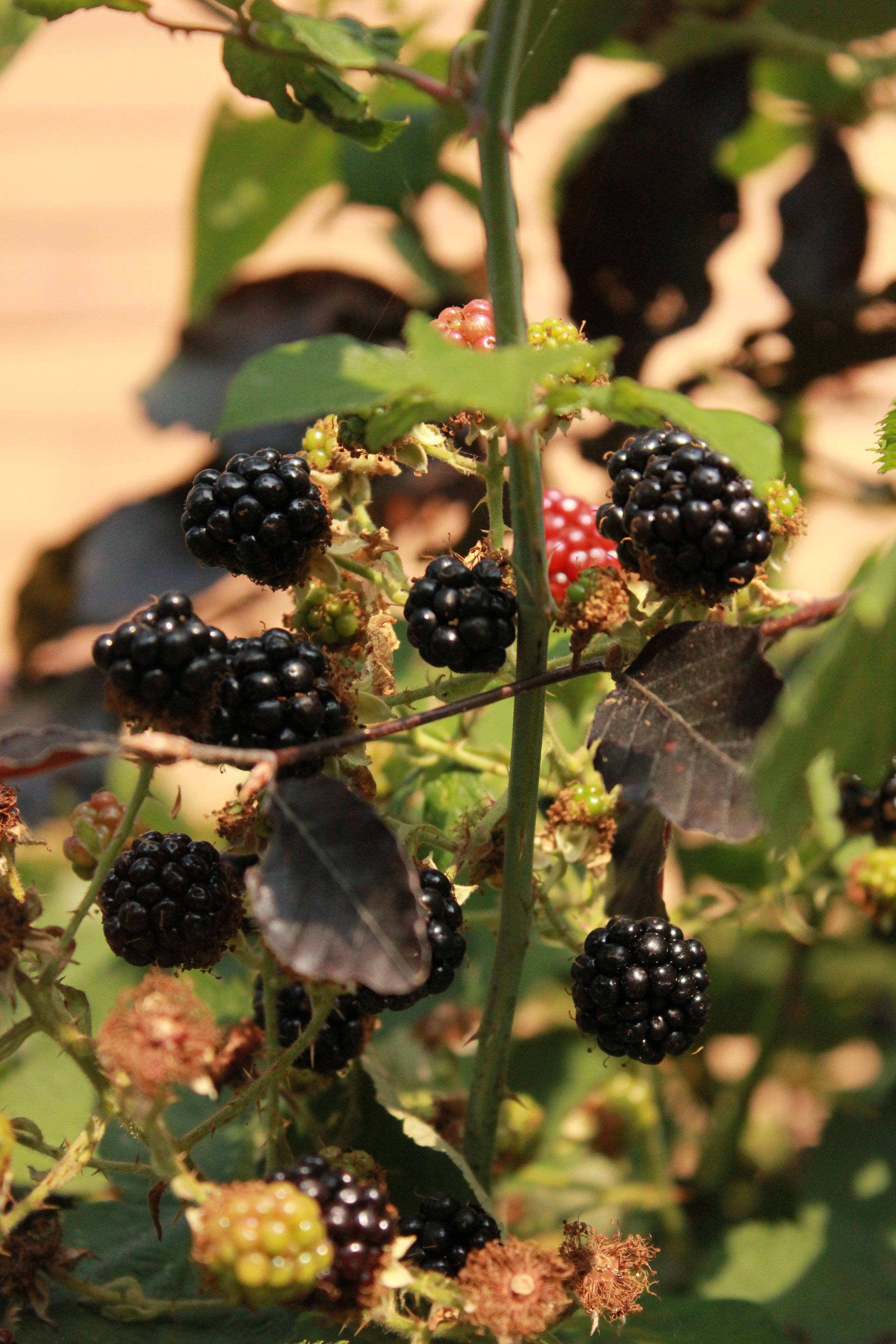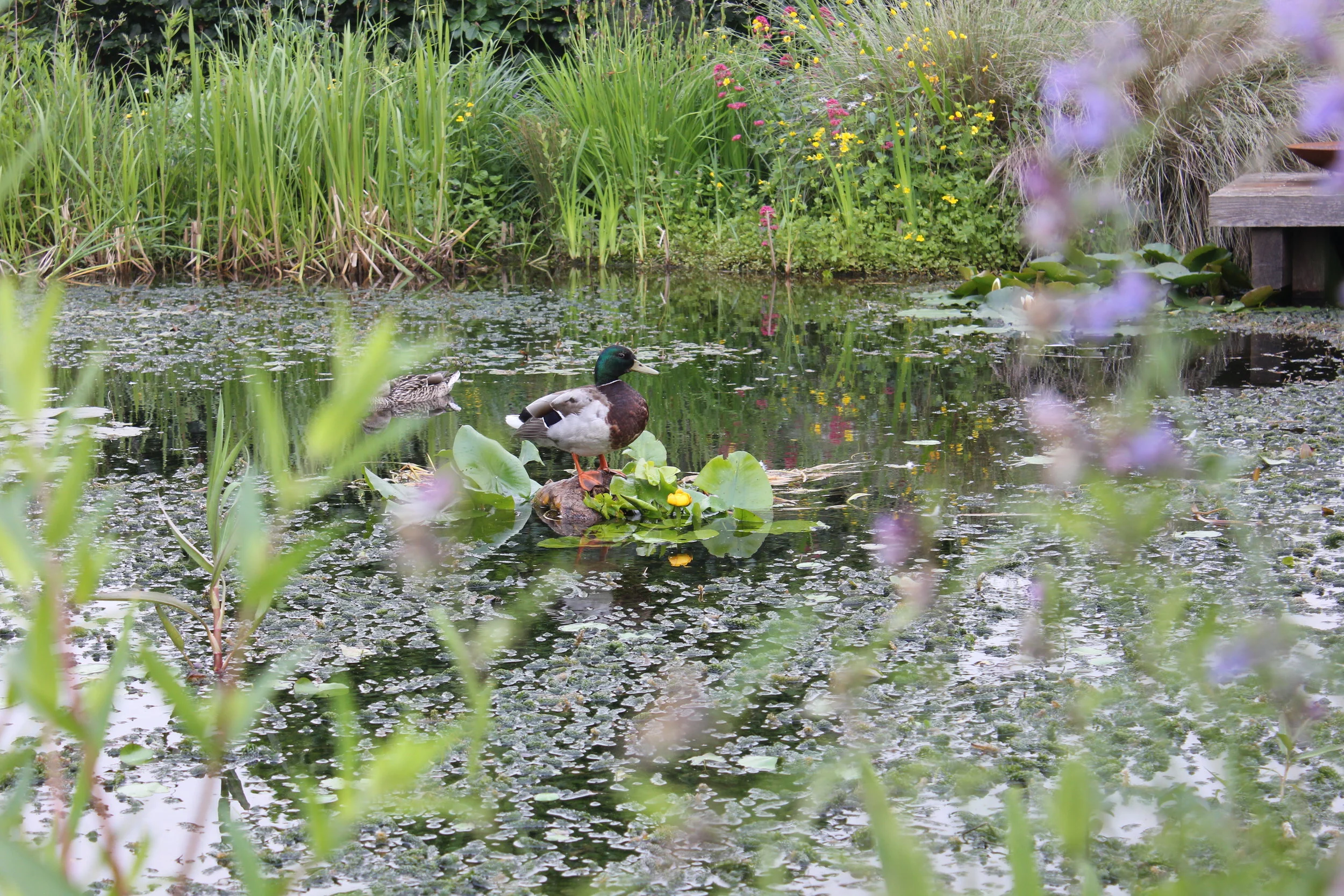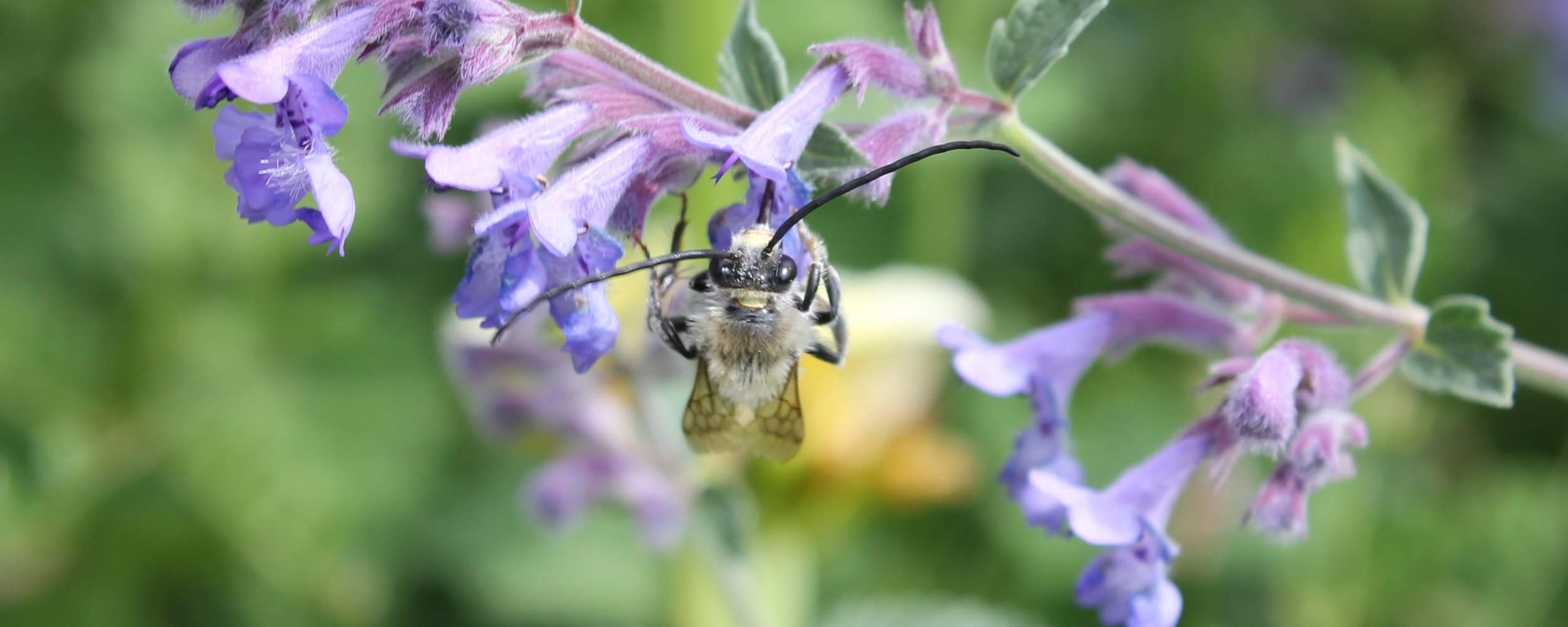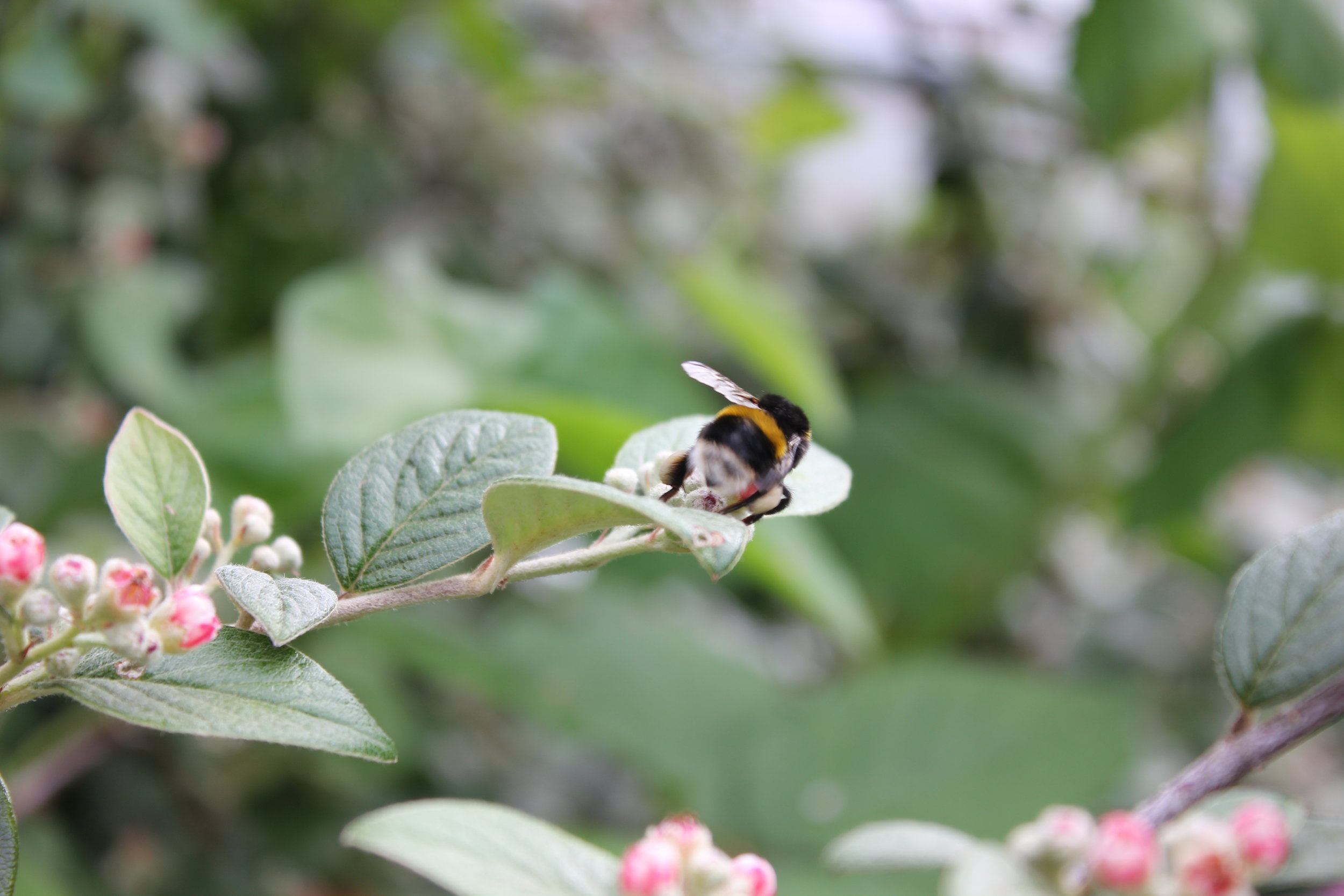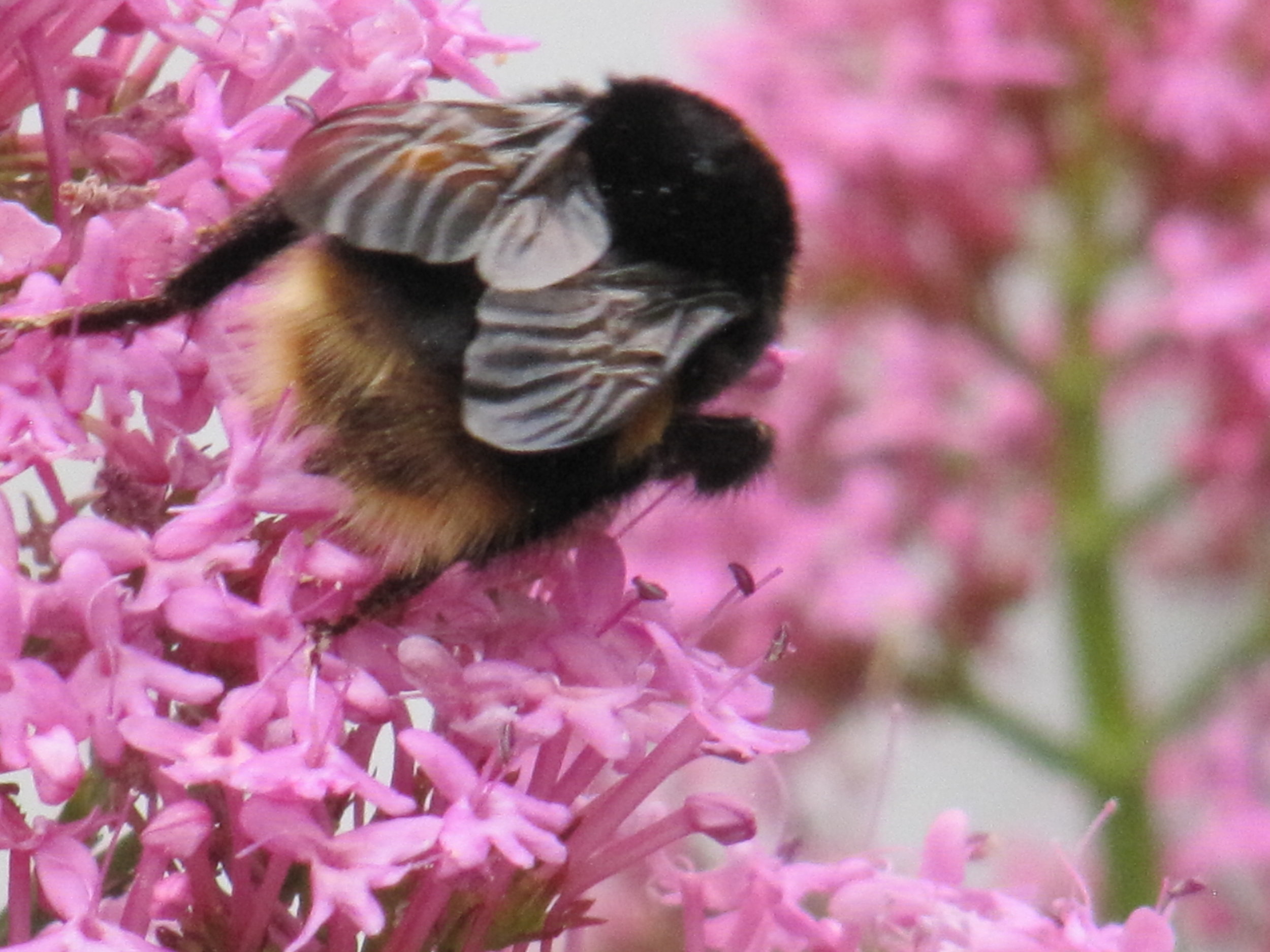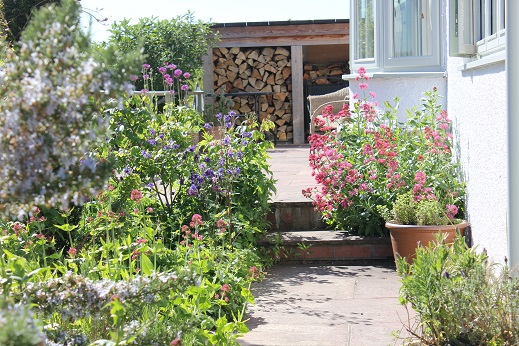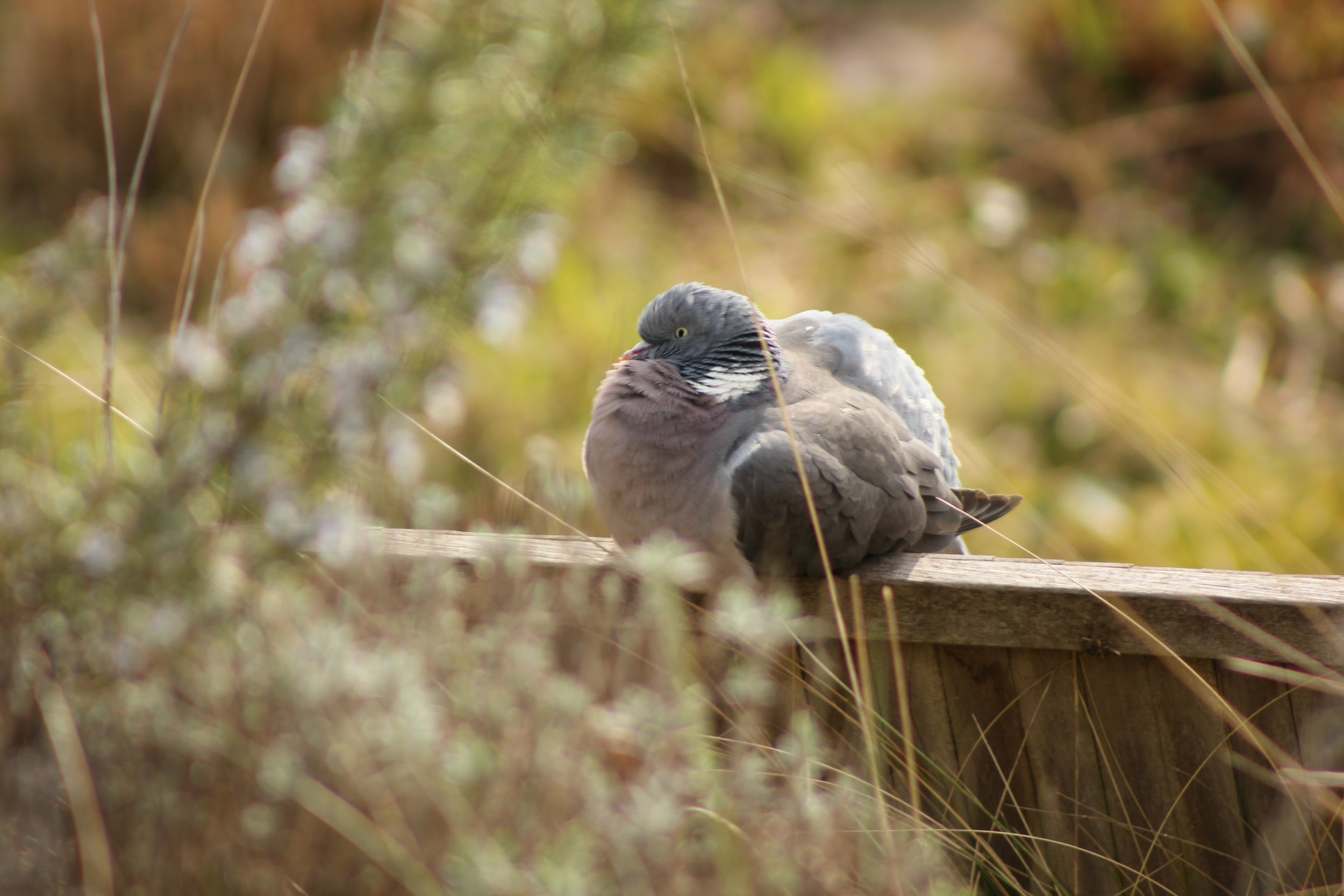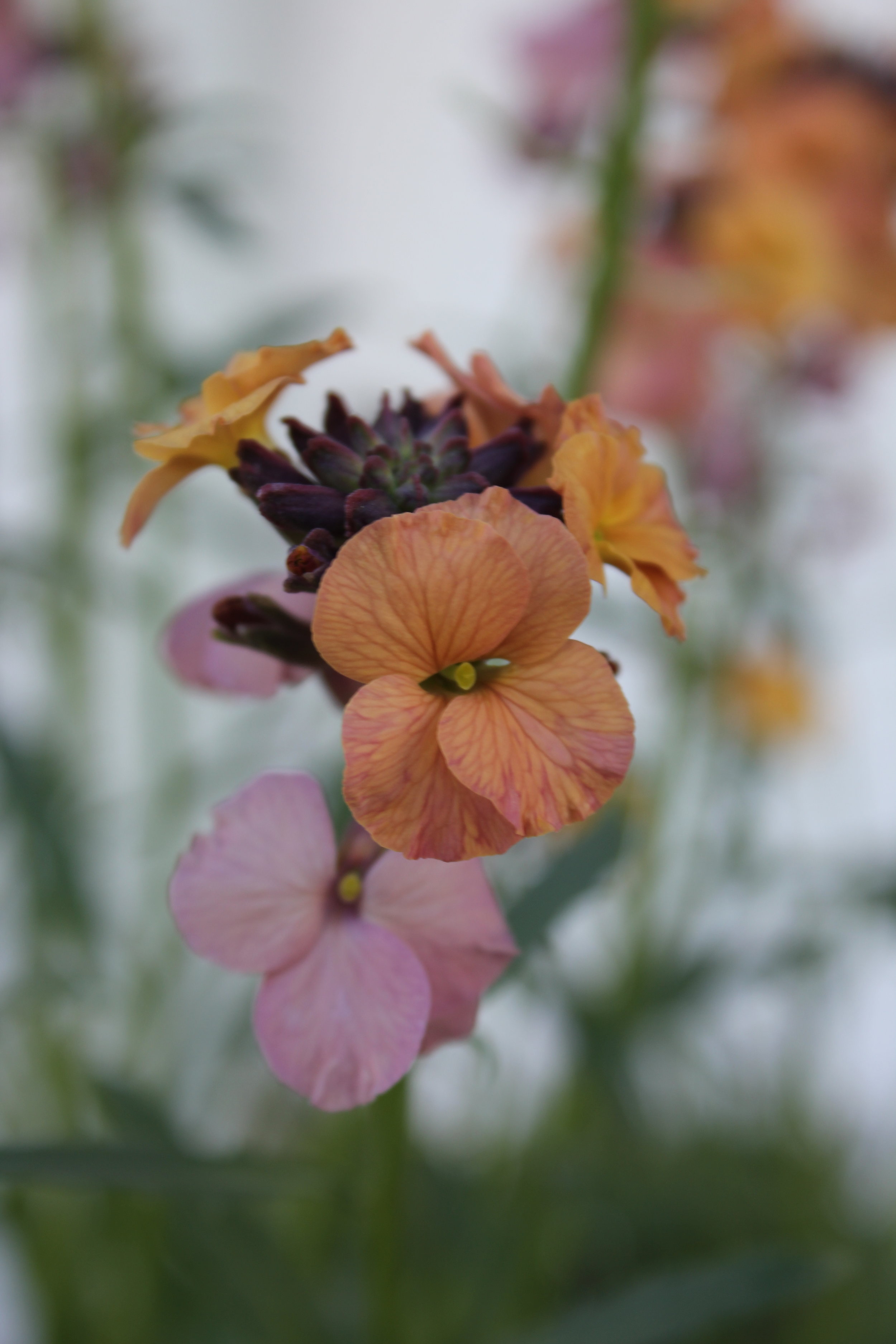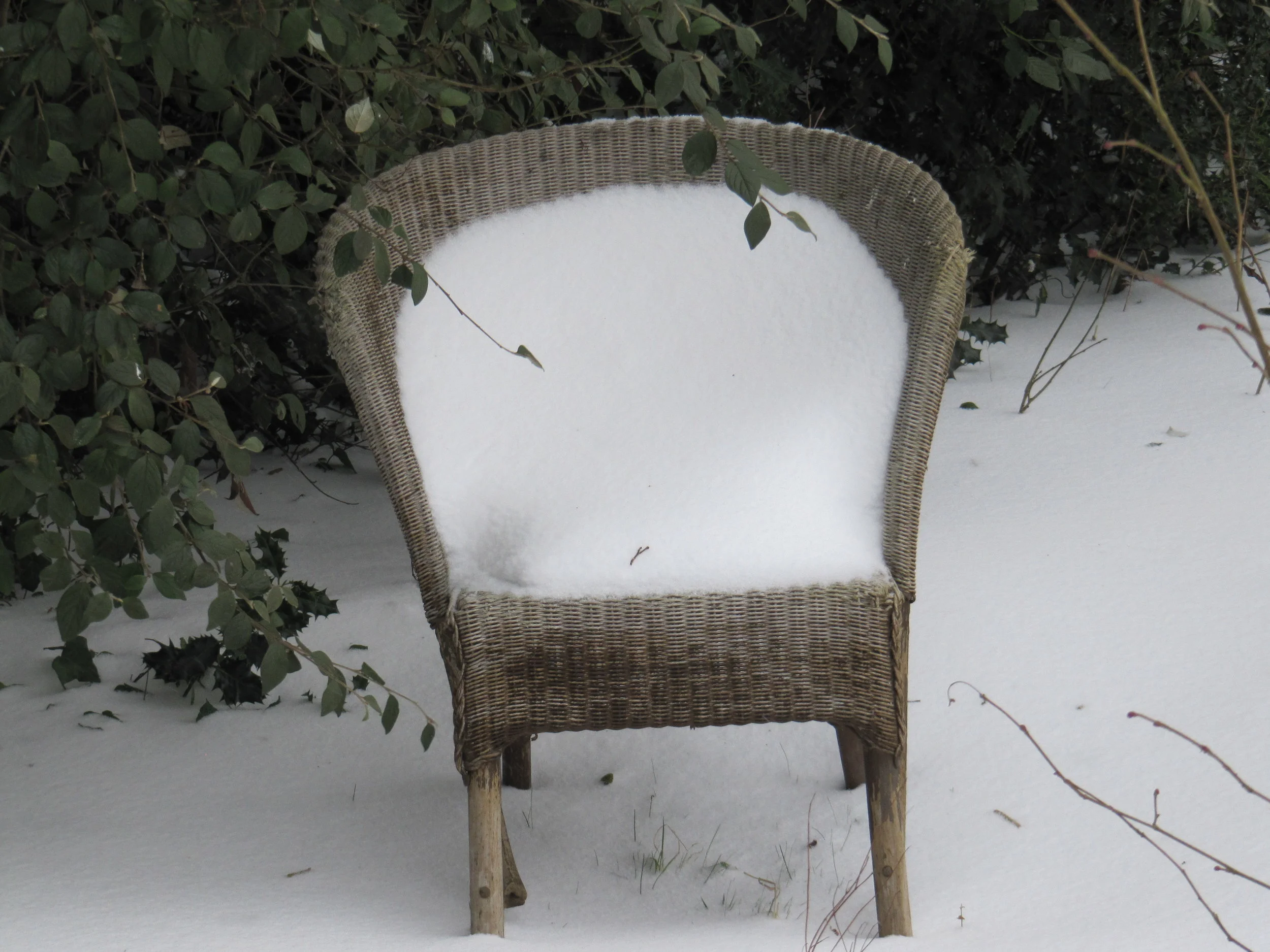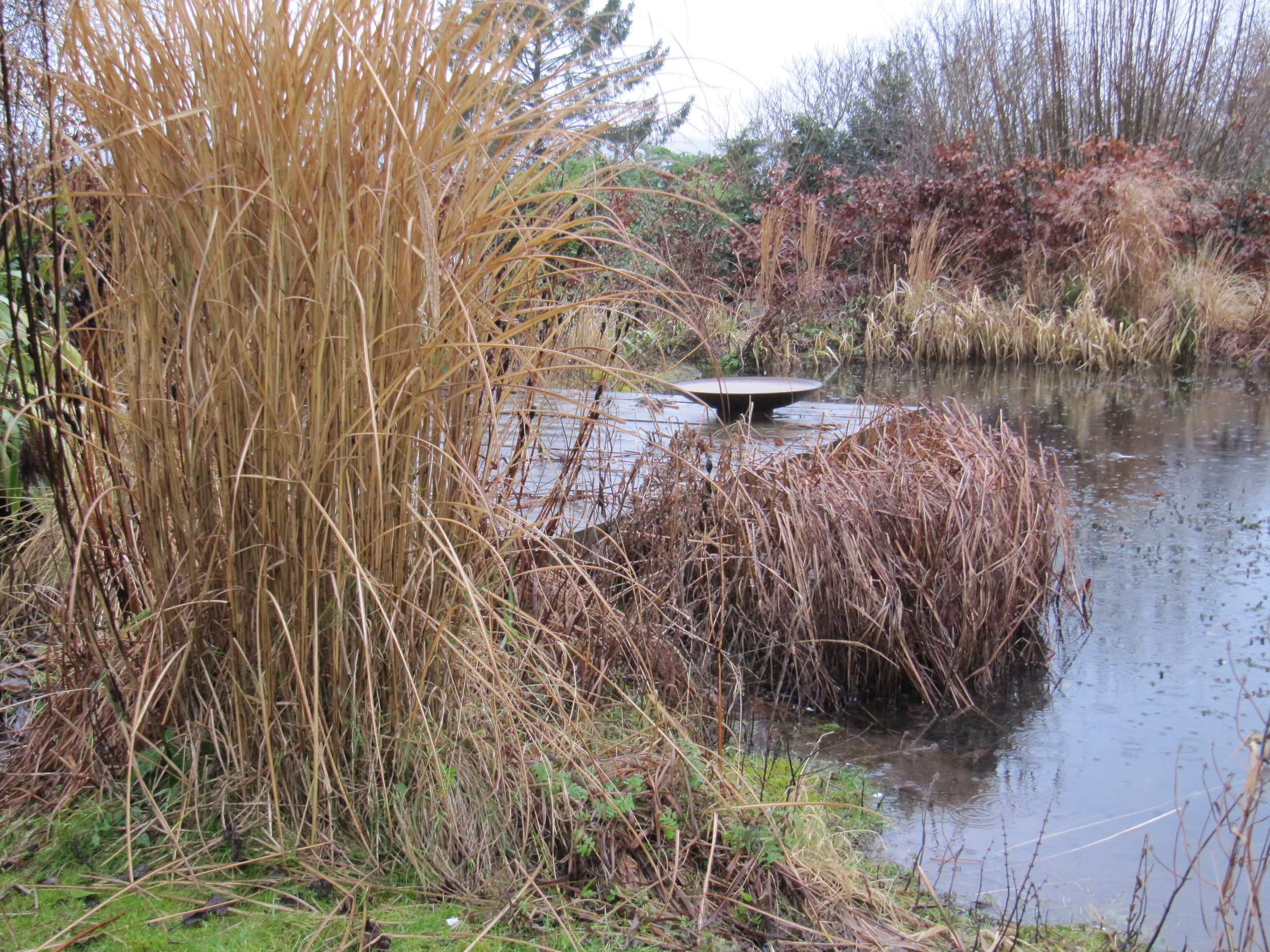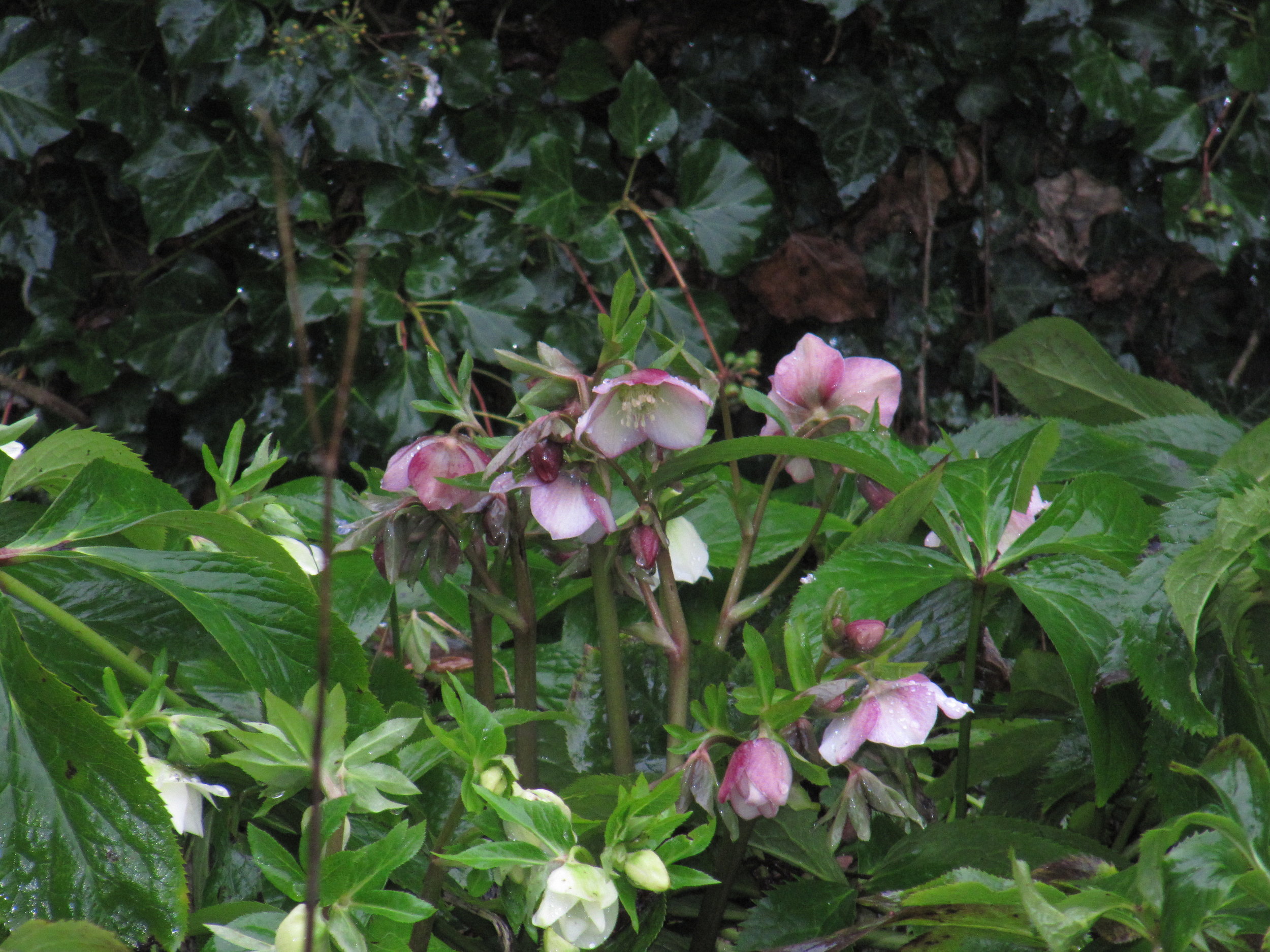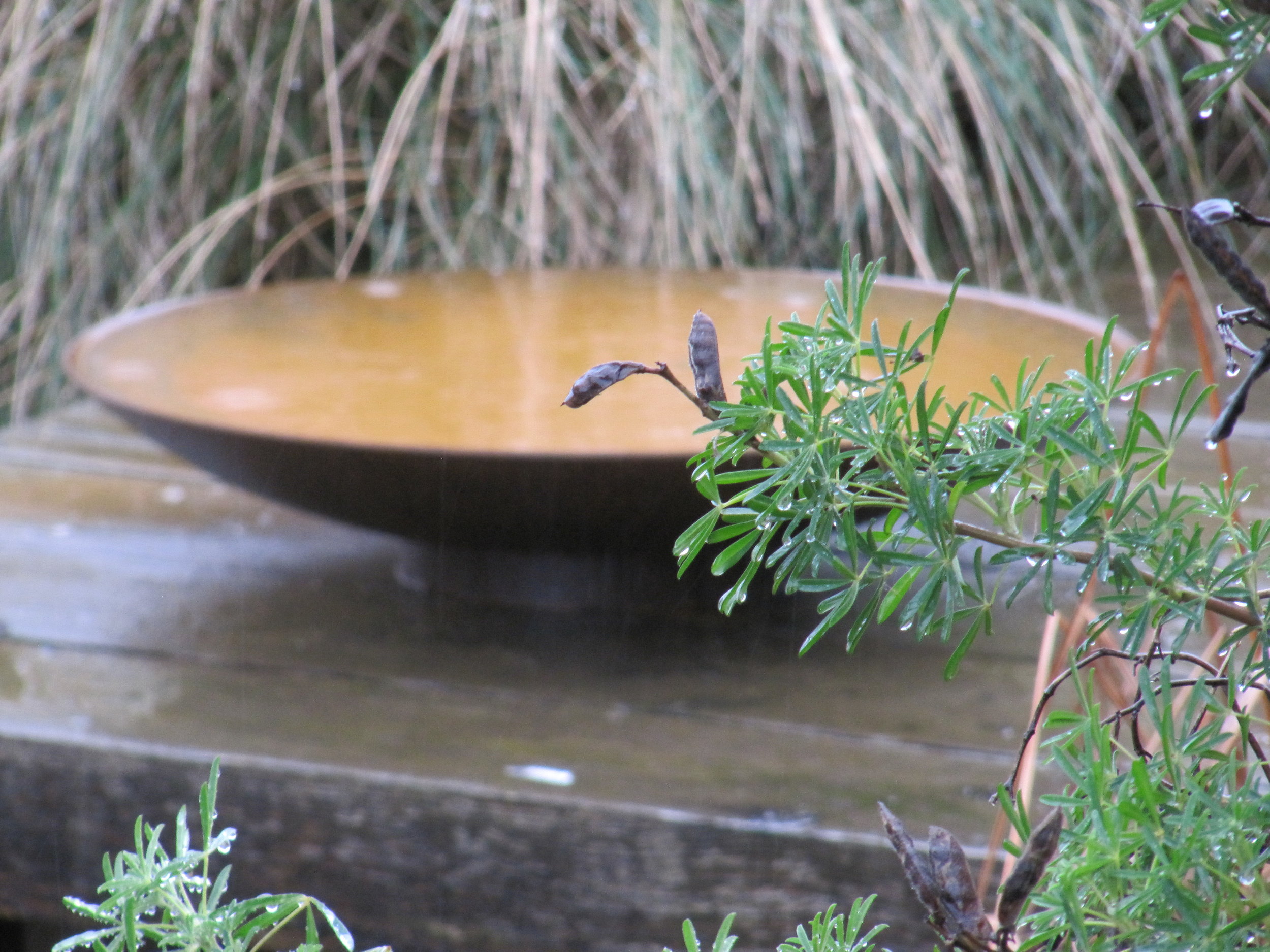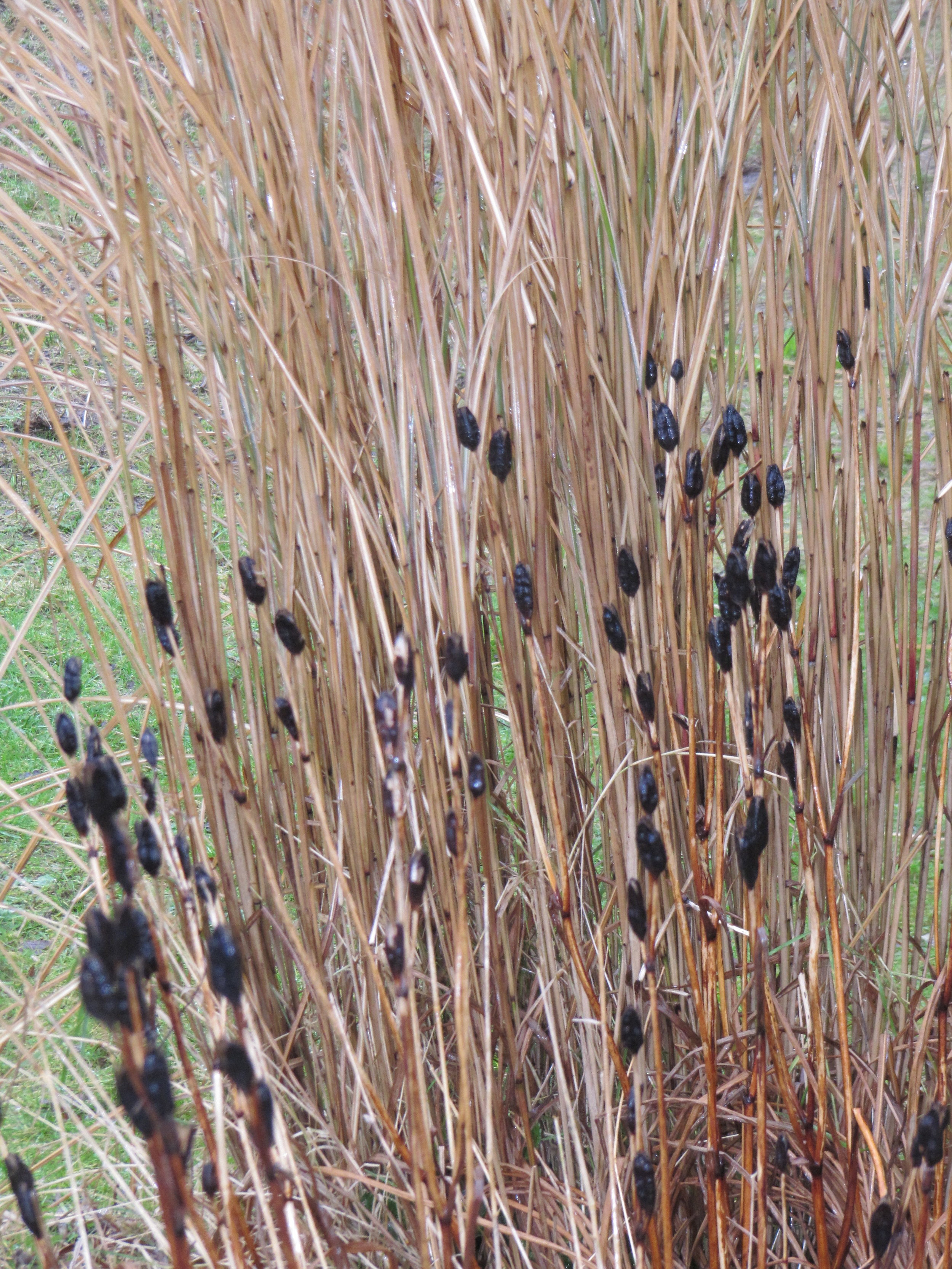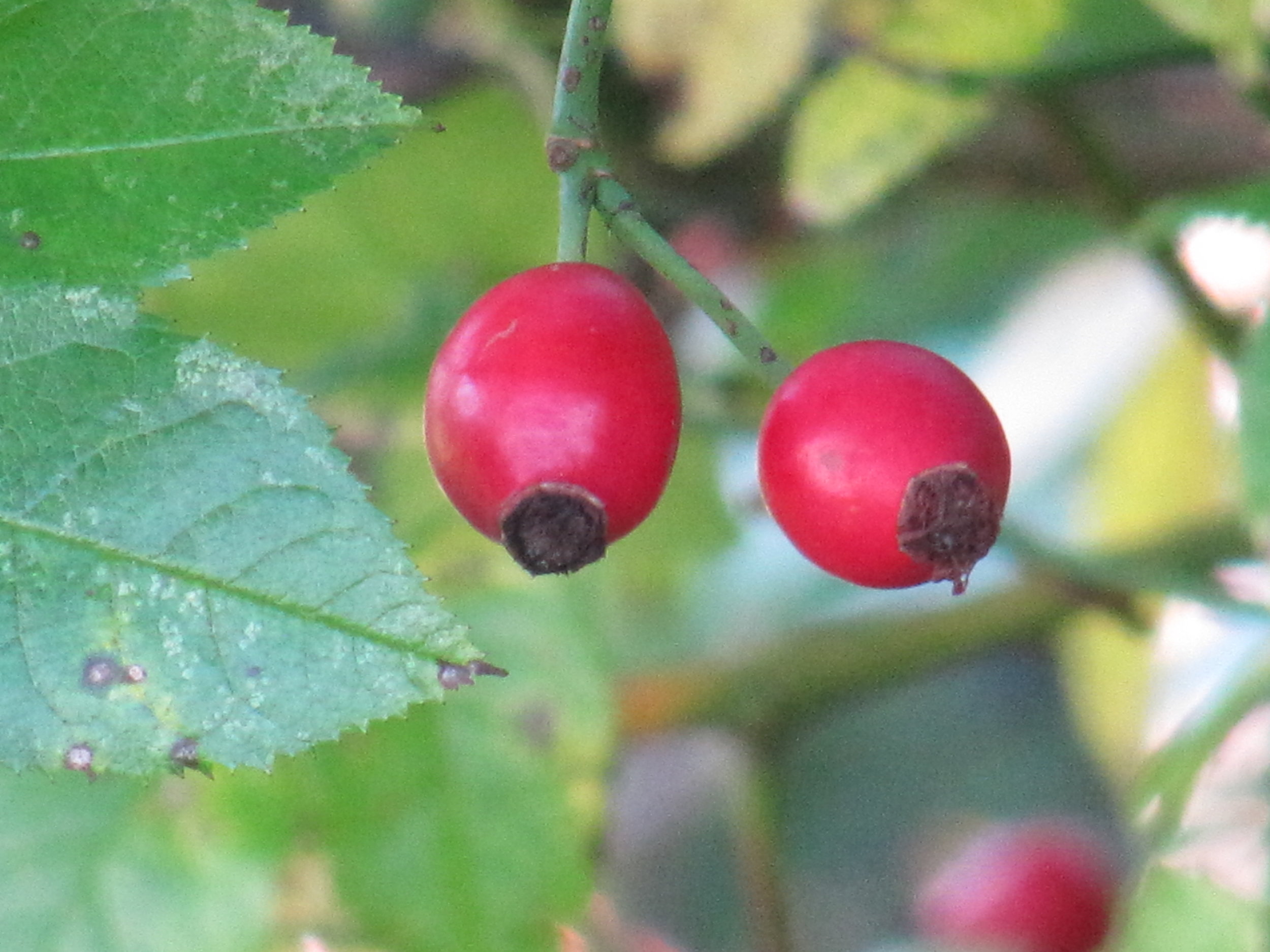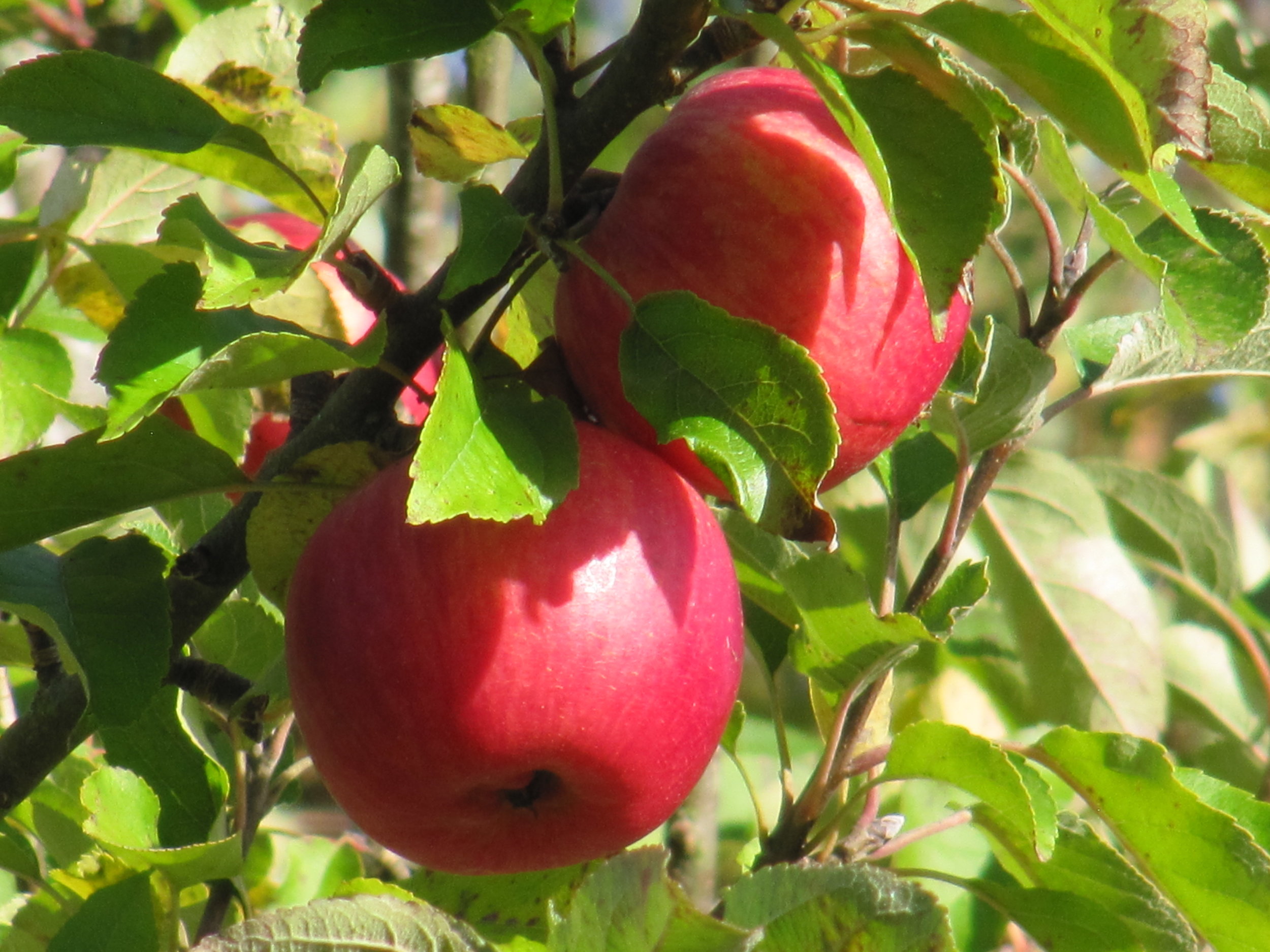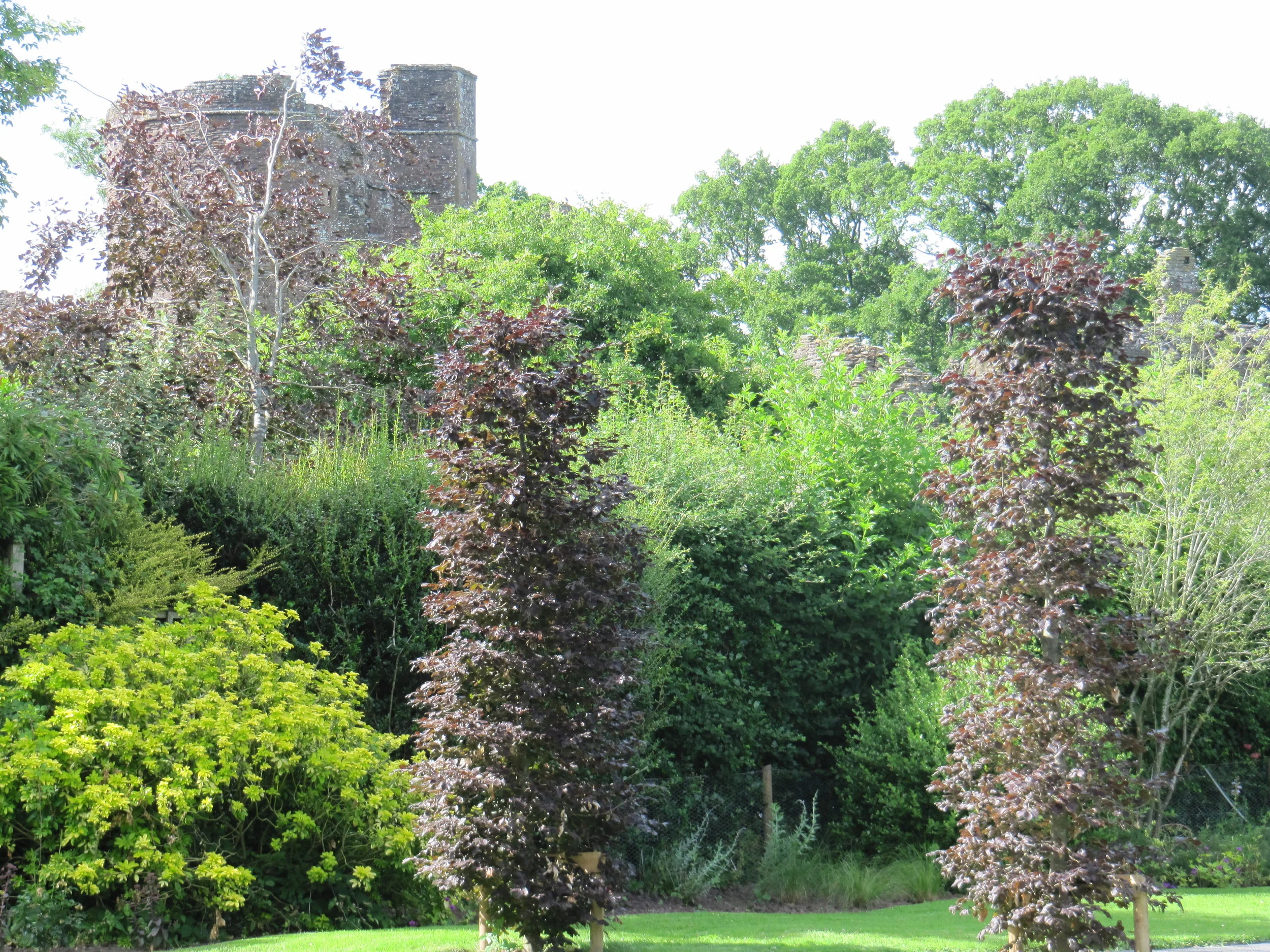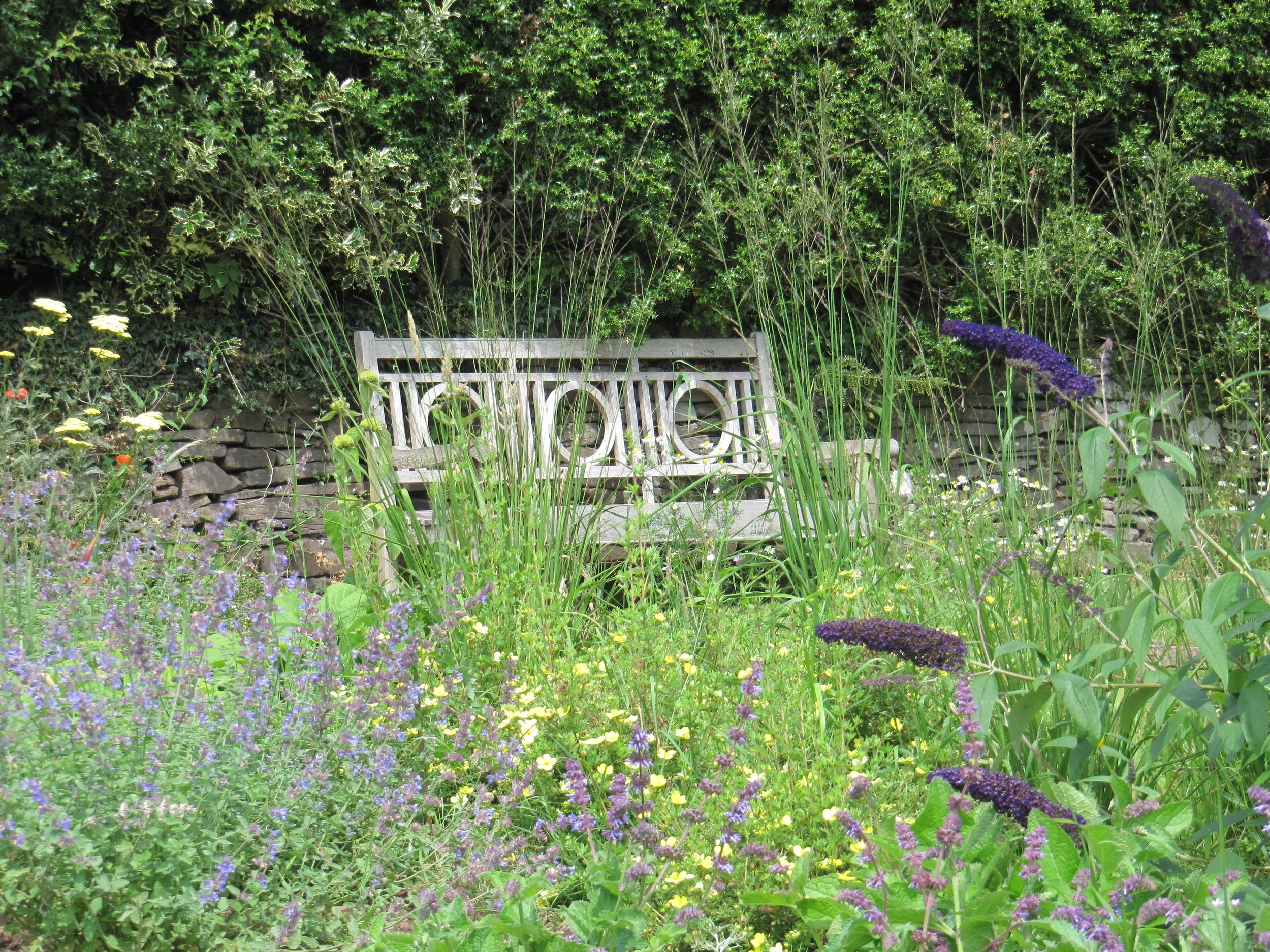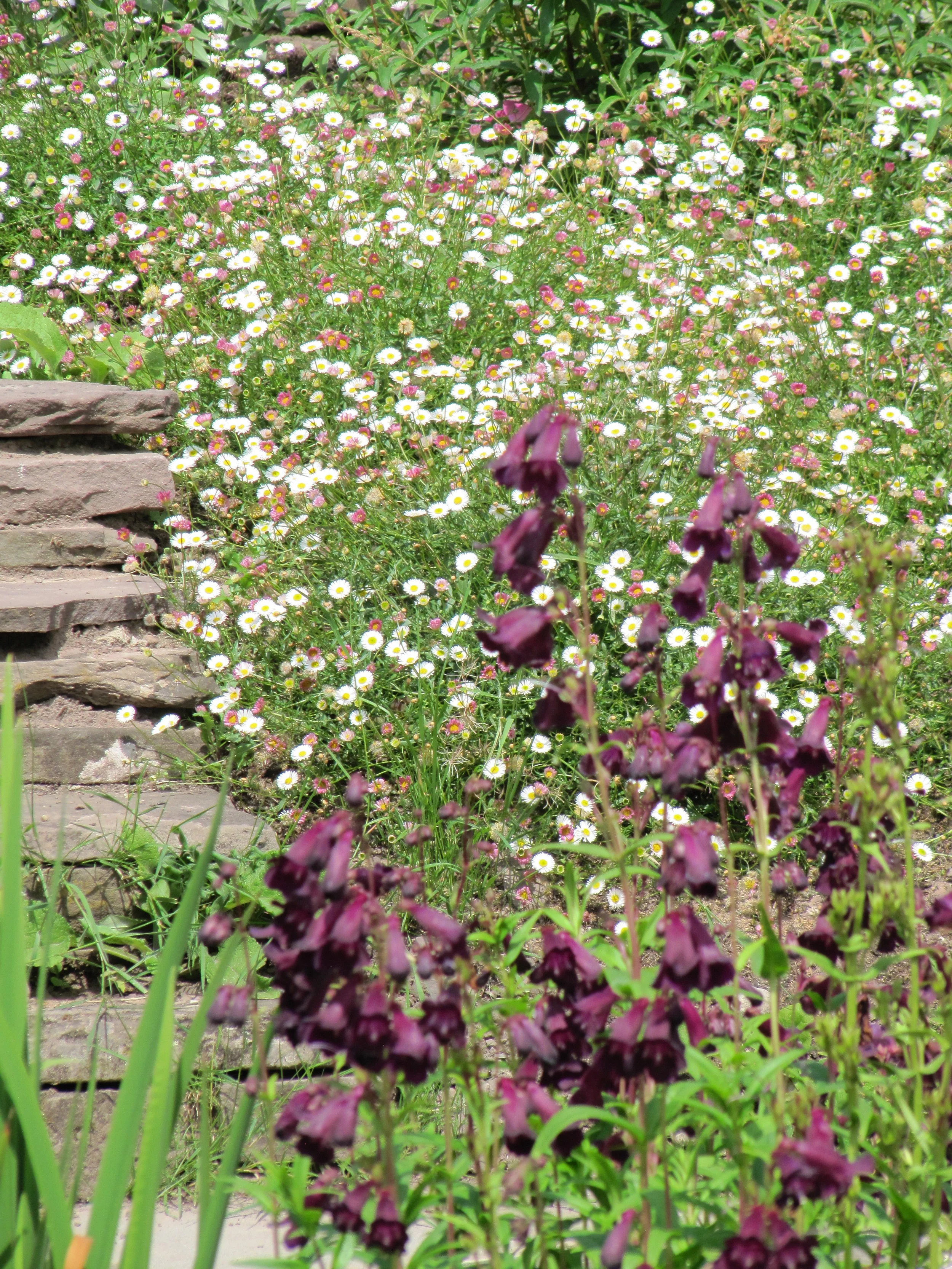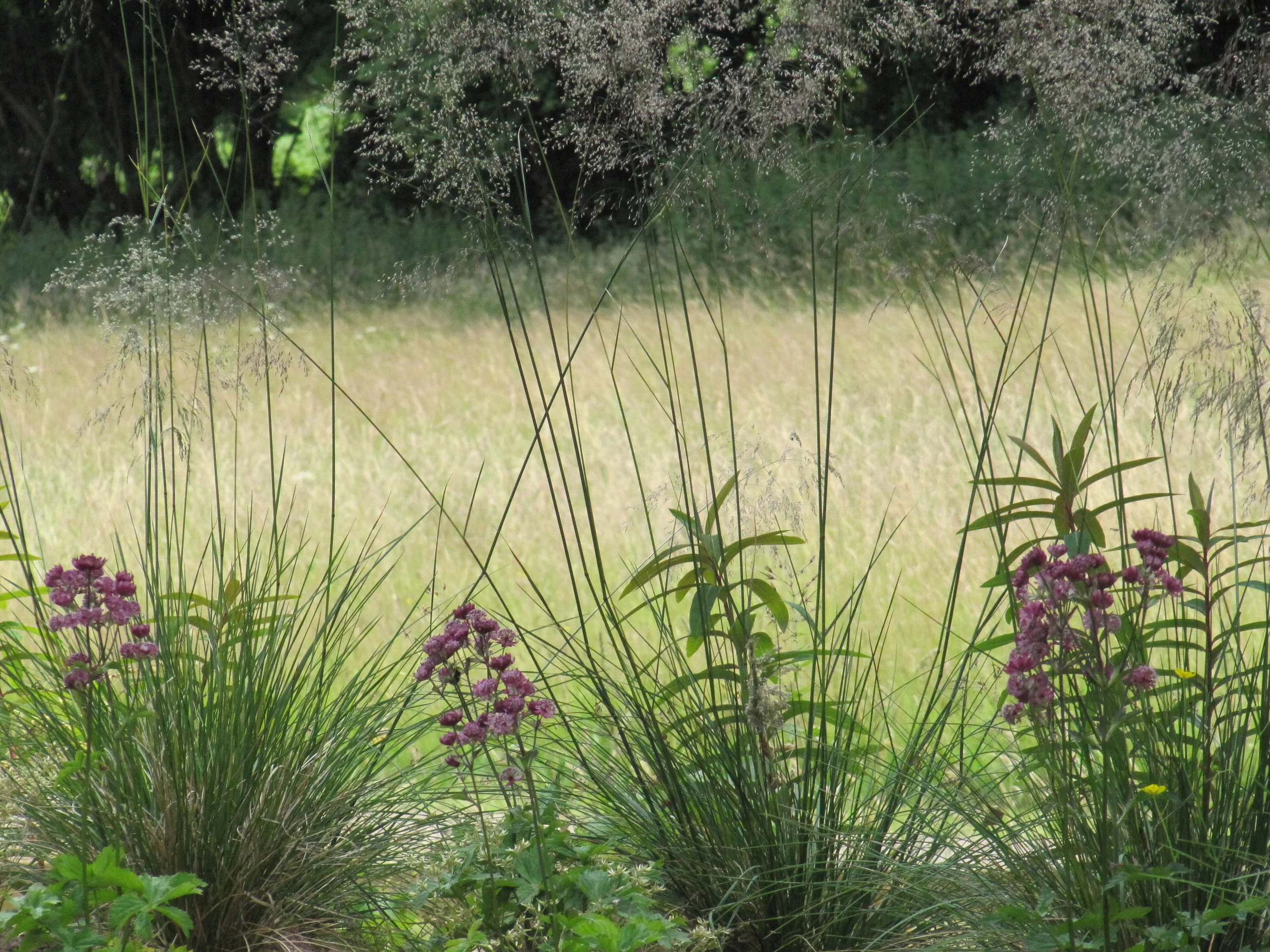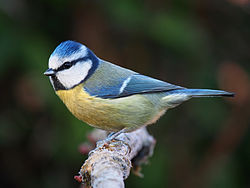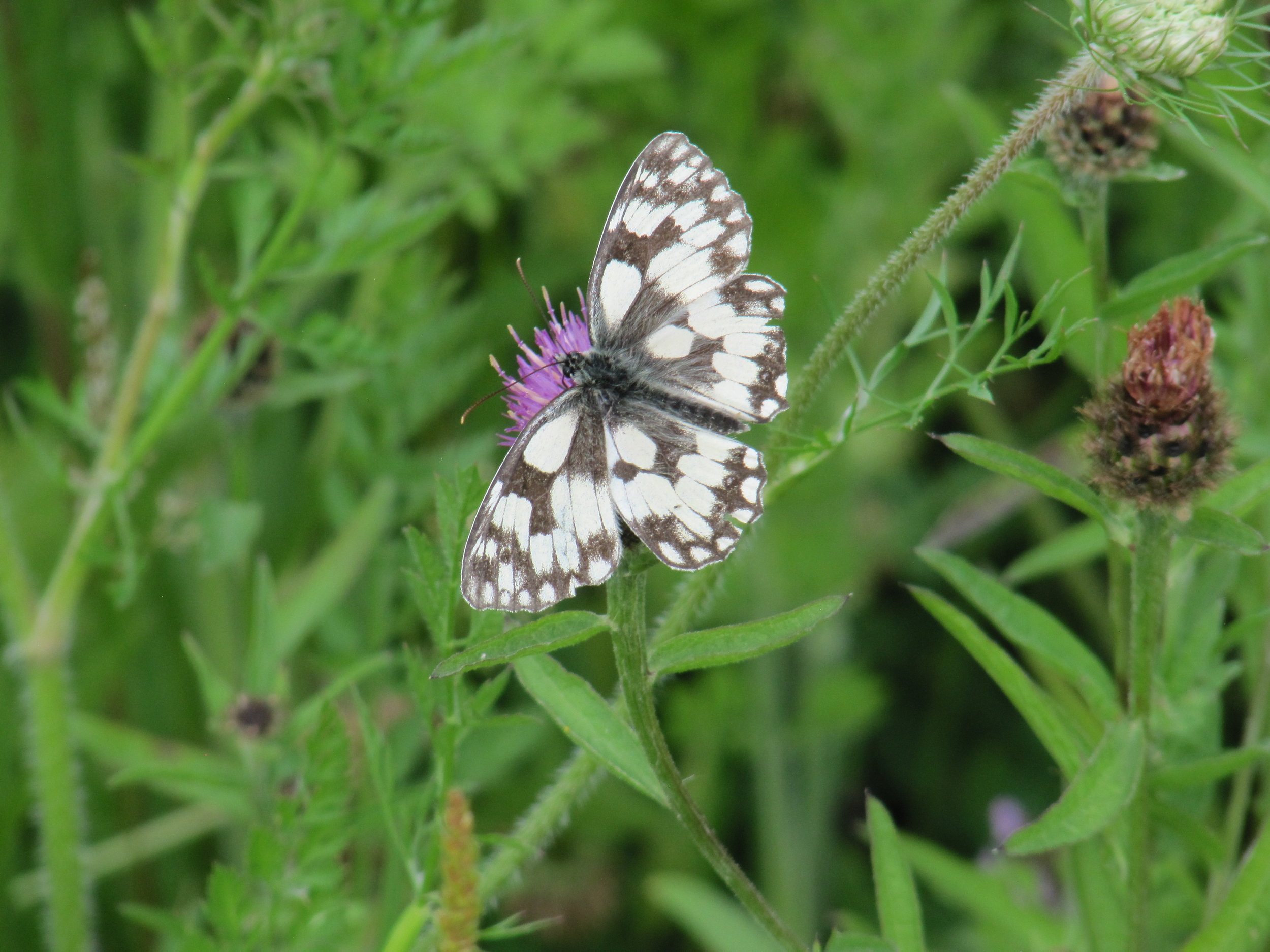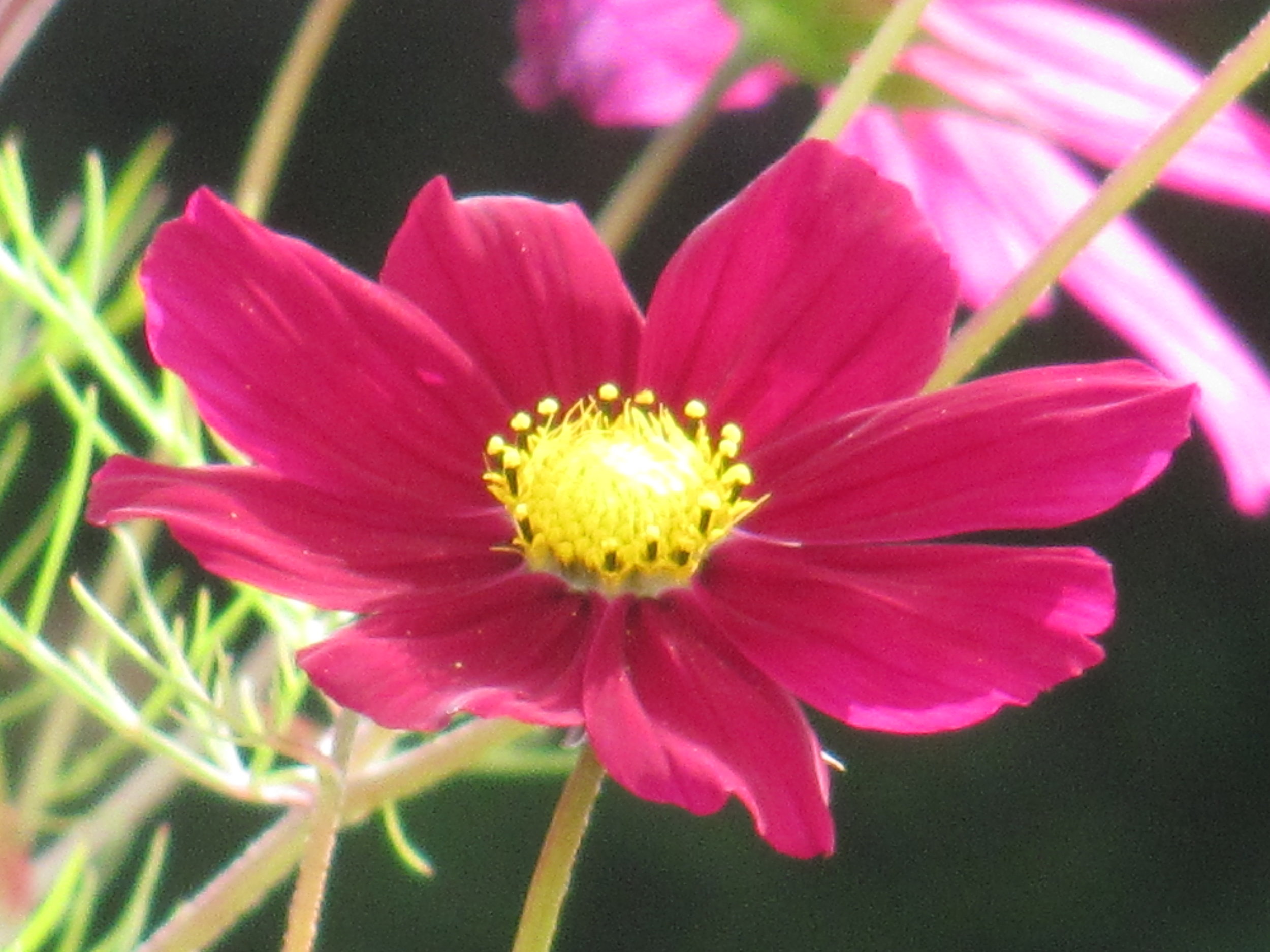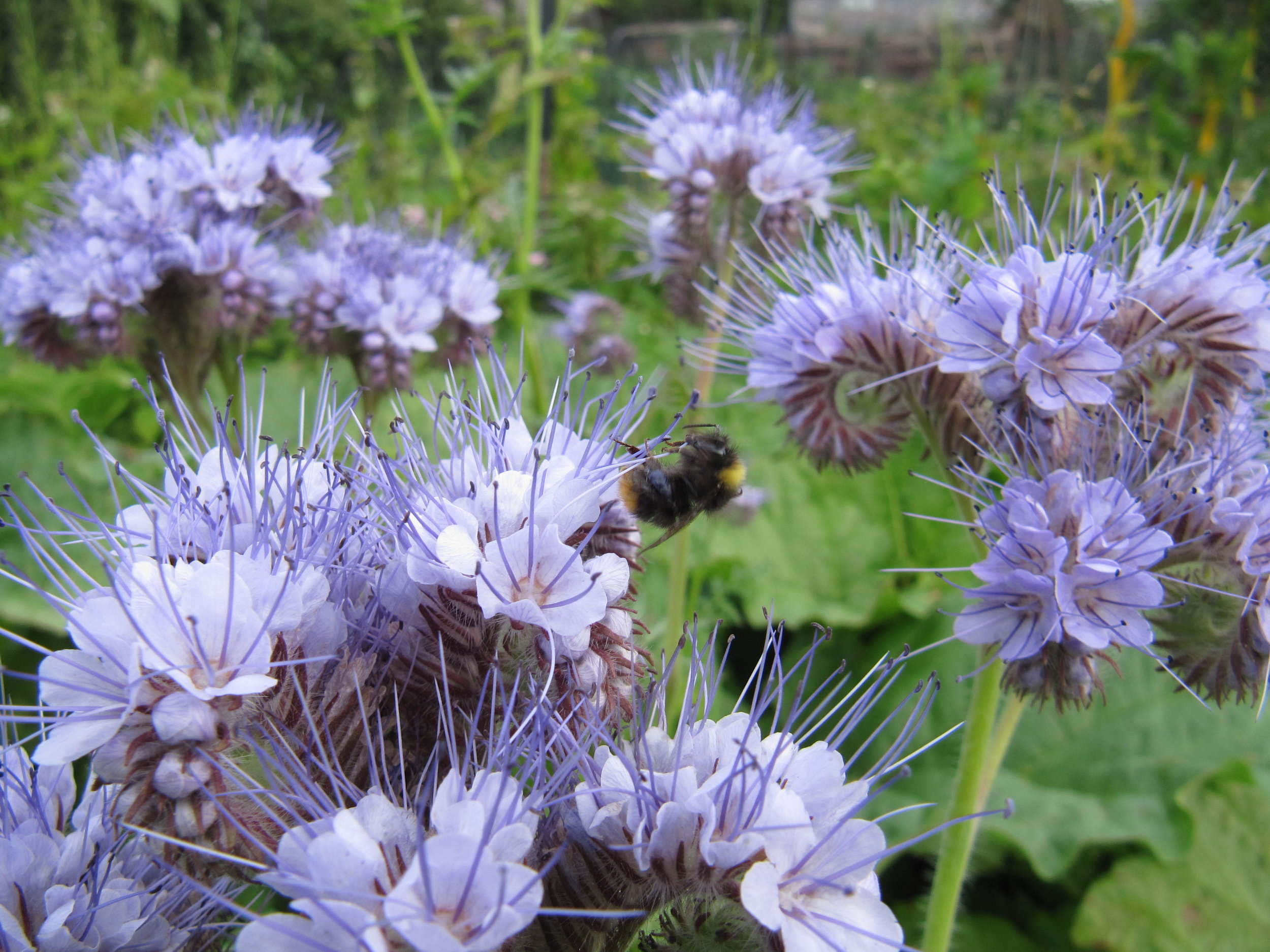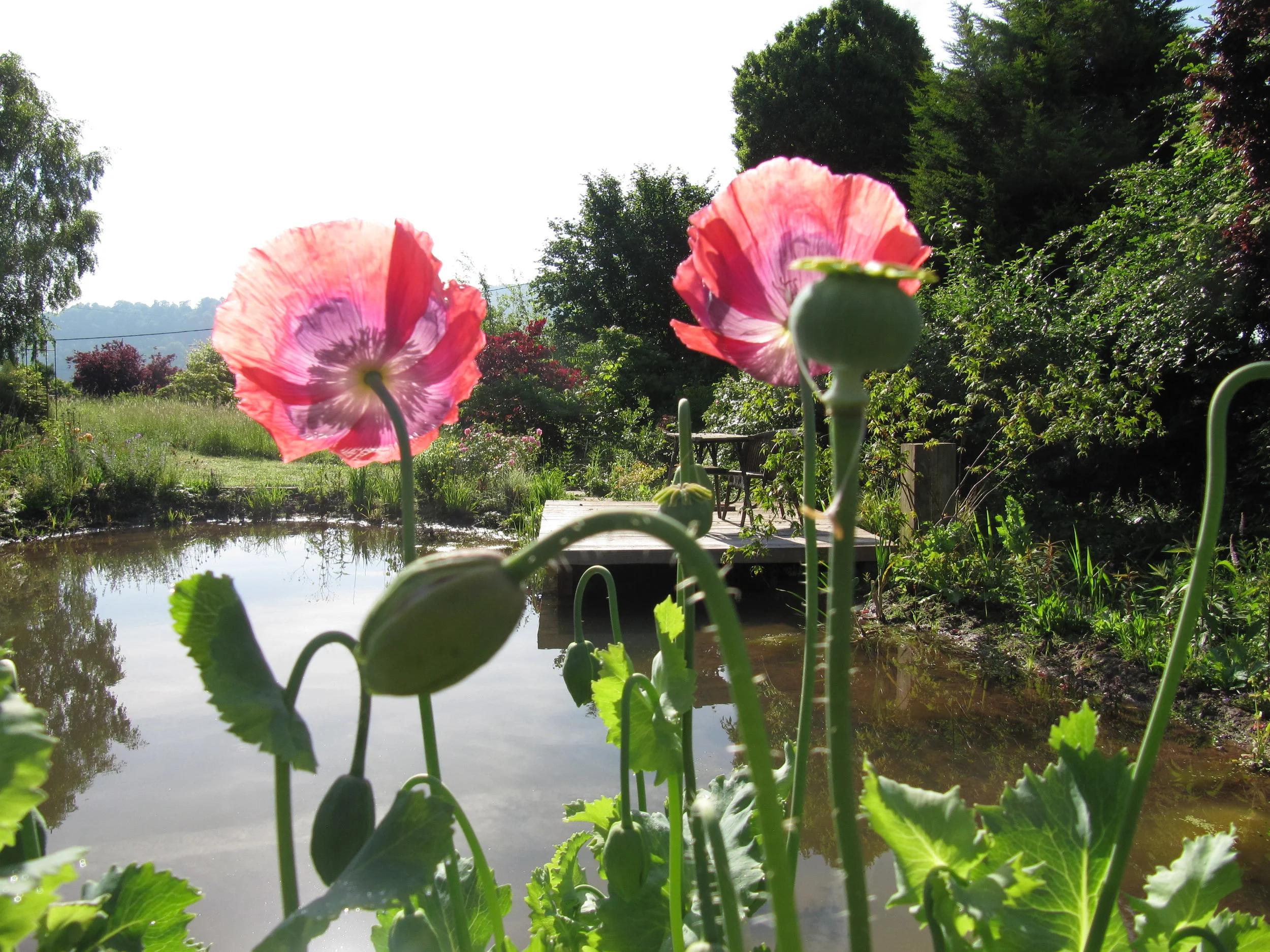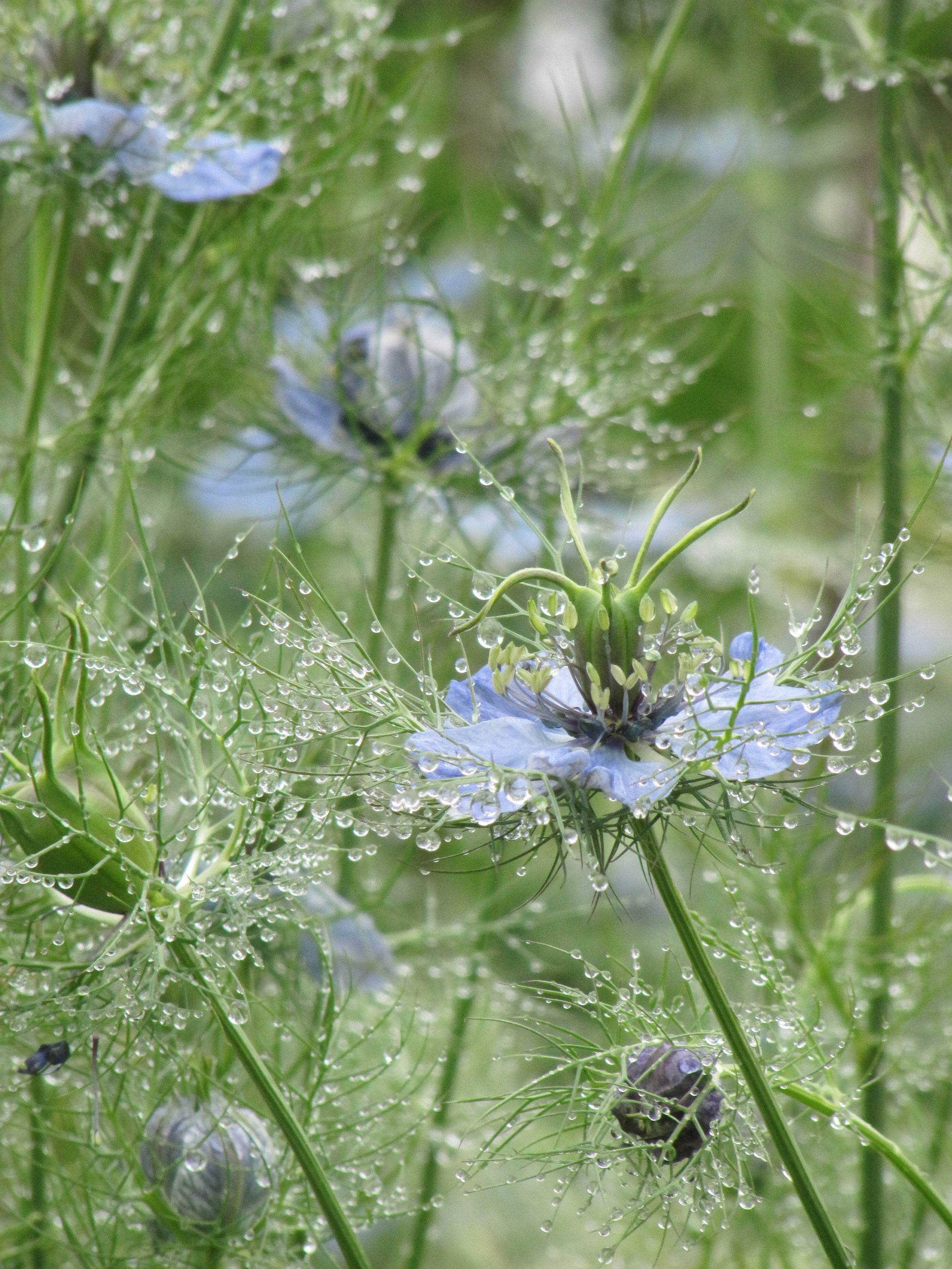It's always nice to be in good company, among friends and with people with whom we share common interests. We don't often imagine that the same is true of the rest of the natural world let alone the plants in our gardens, but it's a trait of nature which can really help us make the best of the plants we grow in our gardens.
The idea of companion planting, for example planting nitrogen fixing legumes like peas and beans to provide a nitrogen hit for the next crop and leaving clovers in lawns for a greener sward are not new, but how many of us have an encyclopedic knowledge of the planting opportunities and permutations available, I certainly don't.
Some smart people at First Tunnels have compiled a guide to help us plant vegetables, fruit and herbs together to enhance the fertility of the soil, deter pests, reduce the incidence of diseases and most importantly, help us all to grow organically. It's something I've always done and have never had the desire or felt the need to resort to artificial herbicides or pesticides. Sadly a close look at the shelves of products for sale in any garden centre shows me that my way of gardening is far from common.
The turning of the year encourages many of us to make resolutions and as this is also when we're making our choices for the vegetable growing year ahead, a guide to growing our plants as good companions in an organic and more sustainable way has come just at the right time and here it is.
A Guide to Companion Planting
If we told you there was a way of getting even better harvests, without specialist tools or fertilisers, would you believe it? If we said there was a way of getting bumper crops without extending your growing beds, what would you think?
For a long time, as gardeners, we have relied on fertilisers and compost to ensure bumper crops of flowers, fruit and vegetables. But this one simple change in the way you garden could bring even better results.
Companion Planting
It is a method of planting fruits, vegetables, flowers and shrubs that complement each other.
This means they support each other by either taking different nutrients from the soil or giving out a certain aroma that a pest common to another plant detests. For example, horseradish keeps pests away from potatoes – so, it makes sense to plant them together!
But not all plants work well together. Some just don’t get on at all and this is why you need this Complete Guide to Companion Planting.
It shows you what plants work well together and the many benefits to your garden of following this planting regime. Take a peek!




